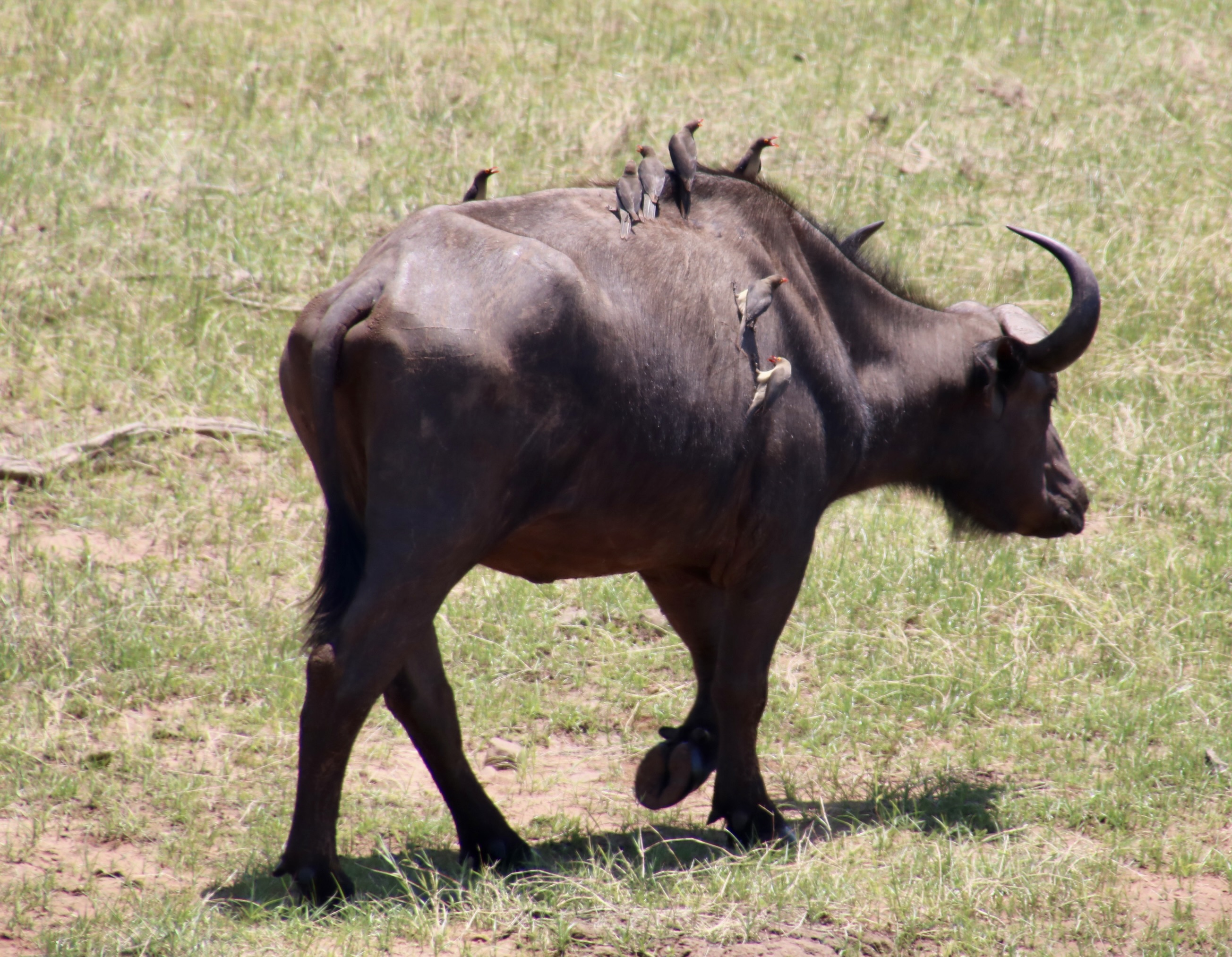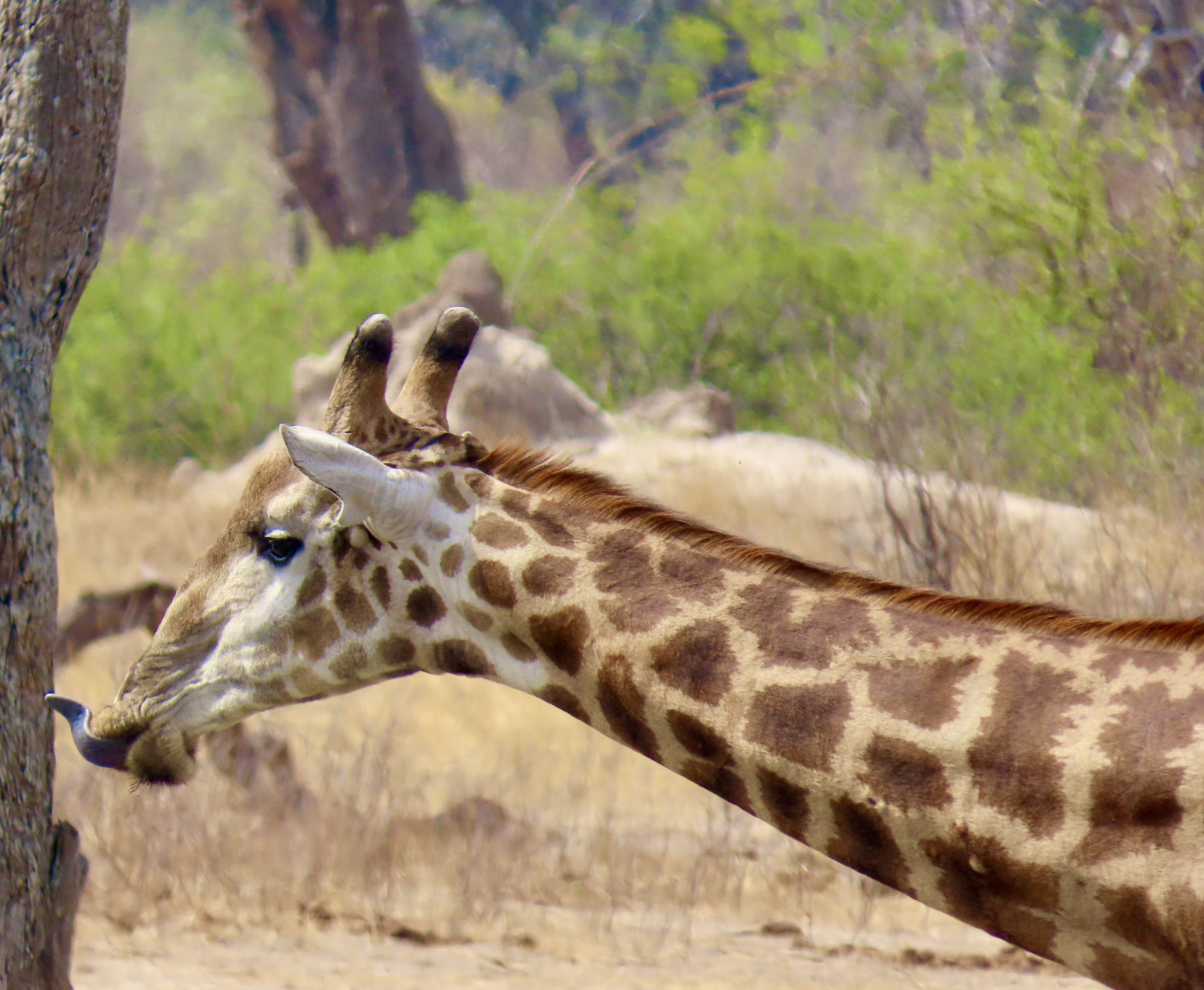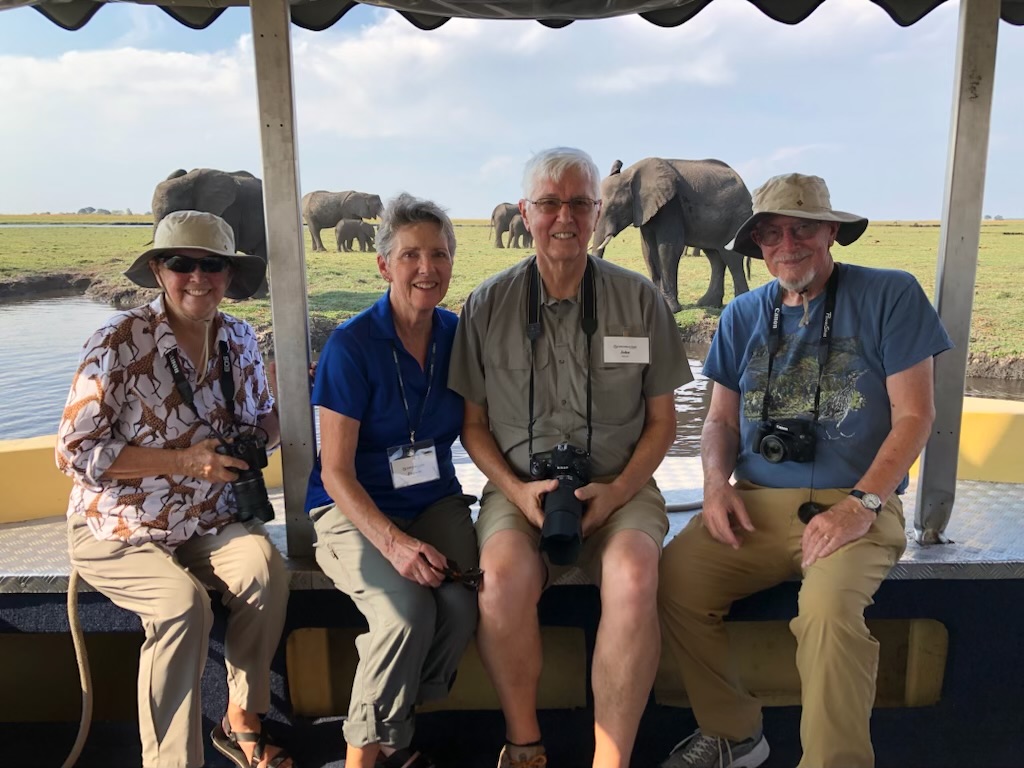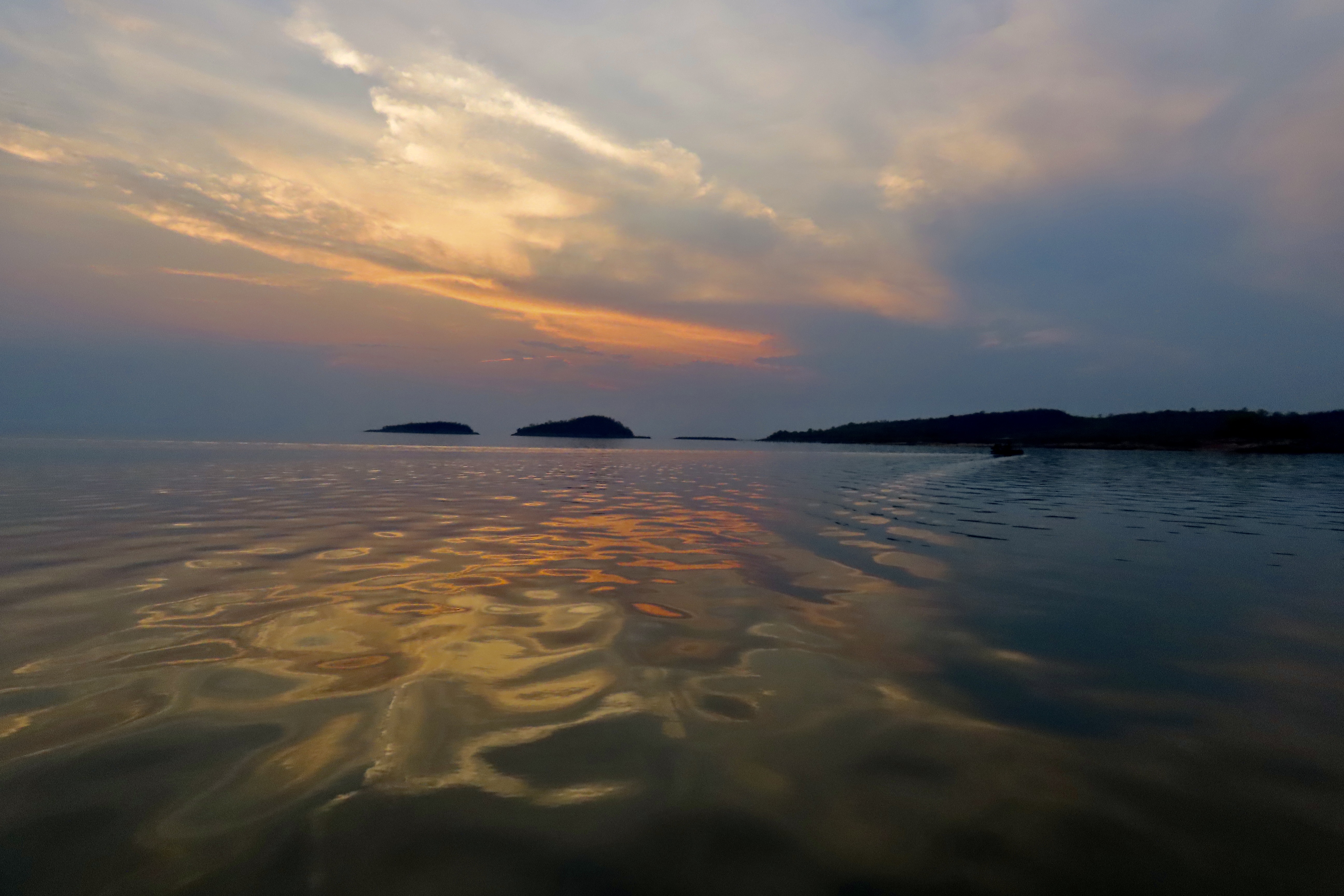


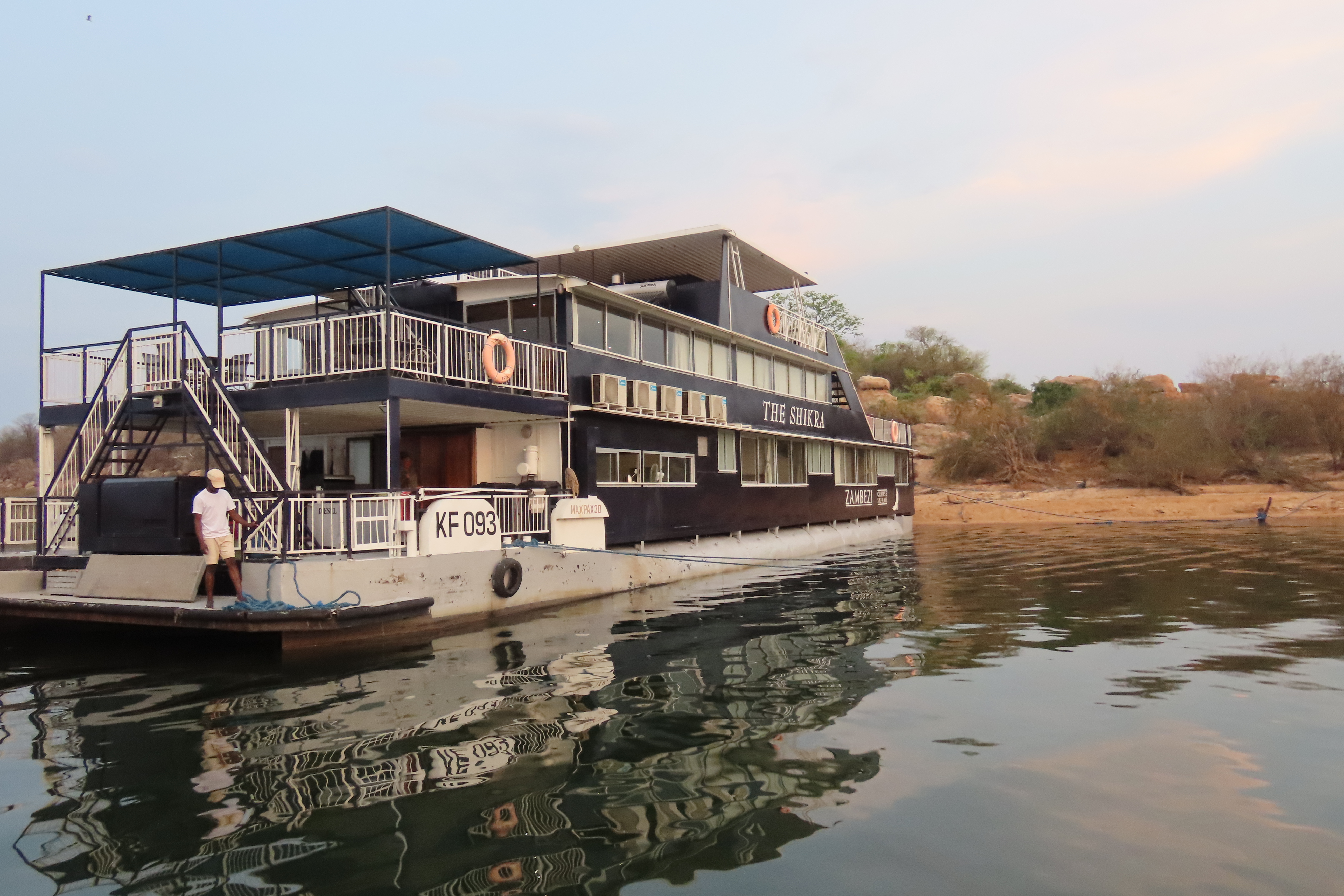



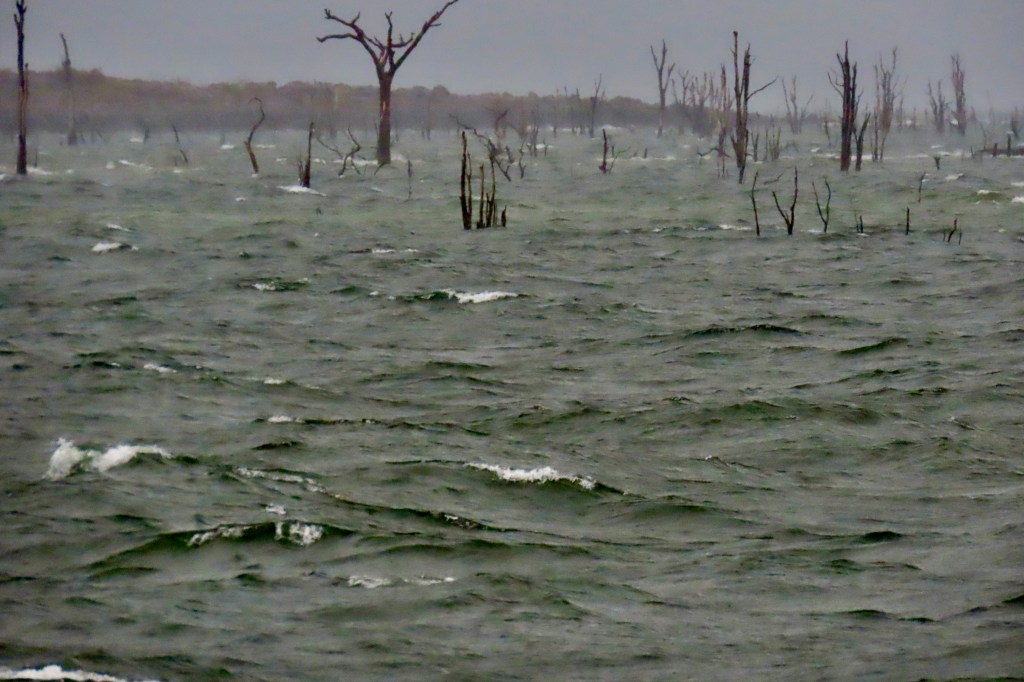

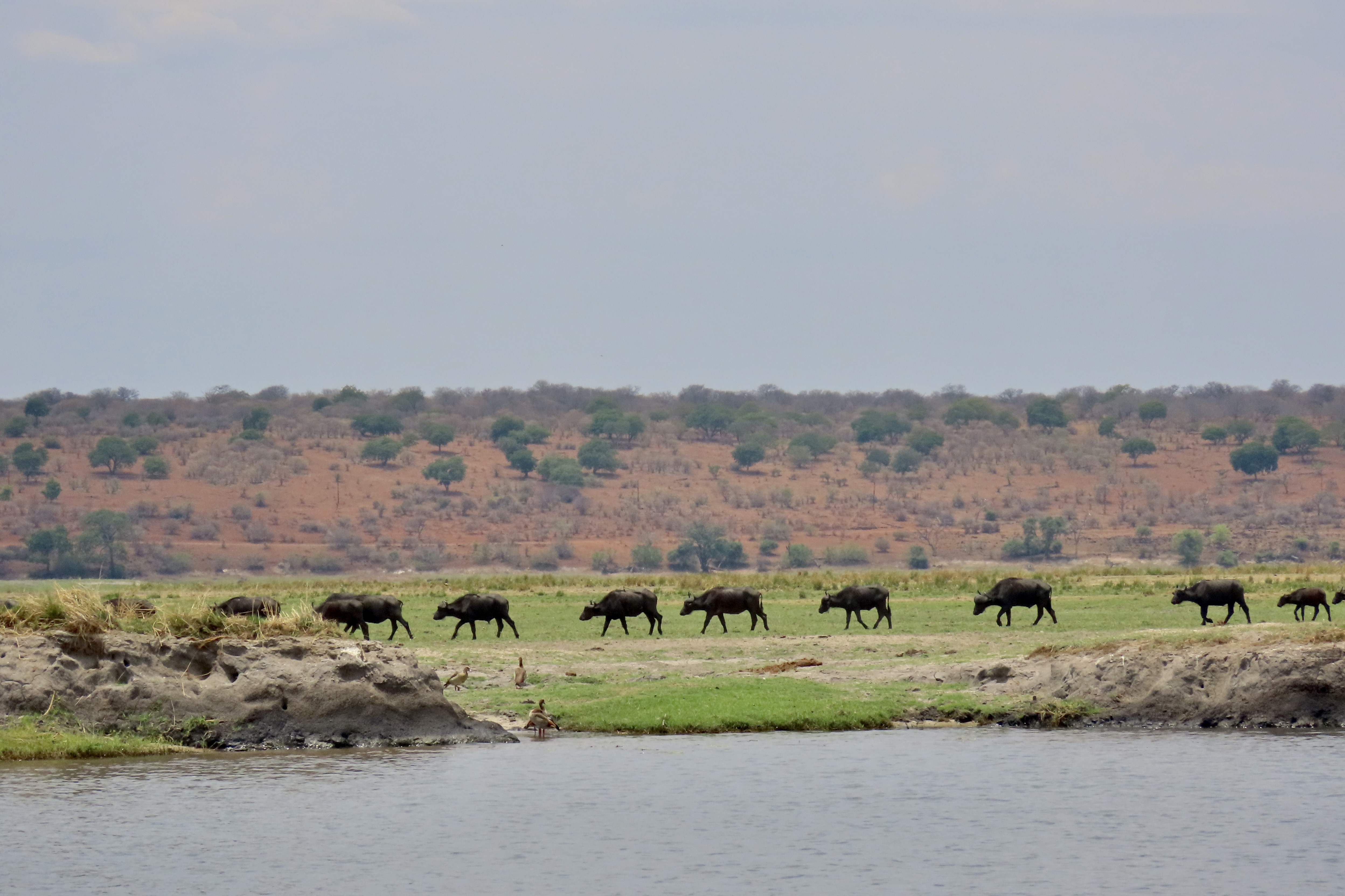
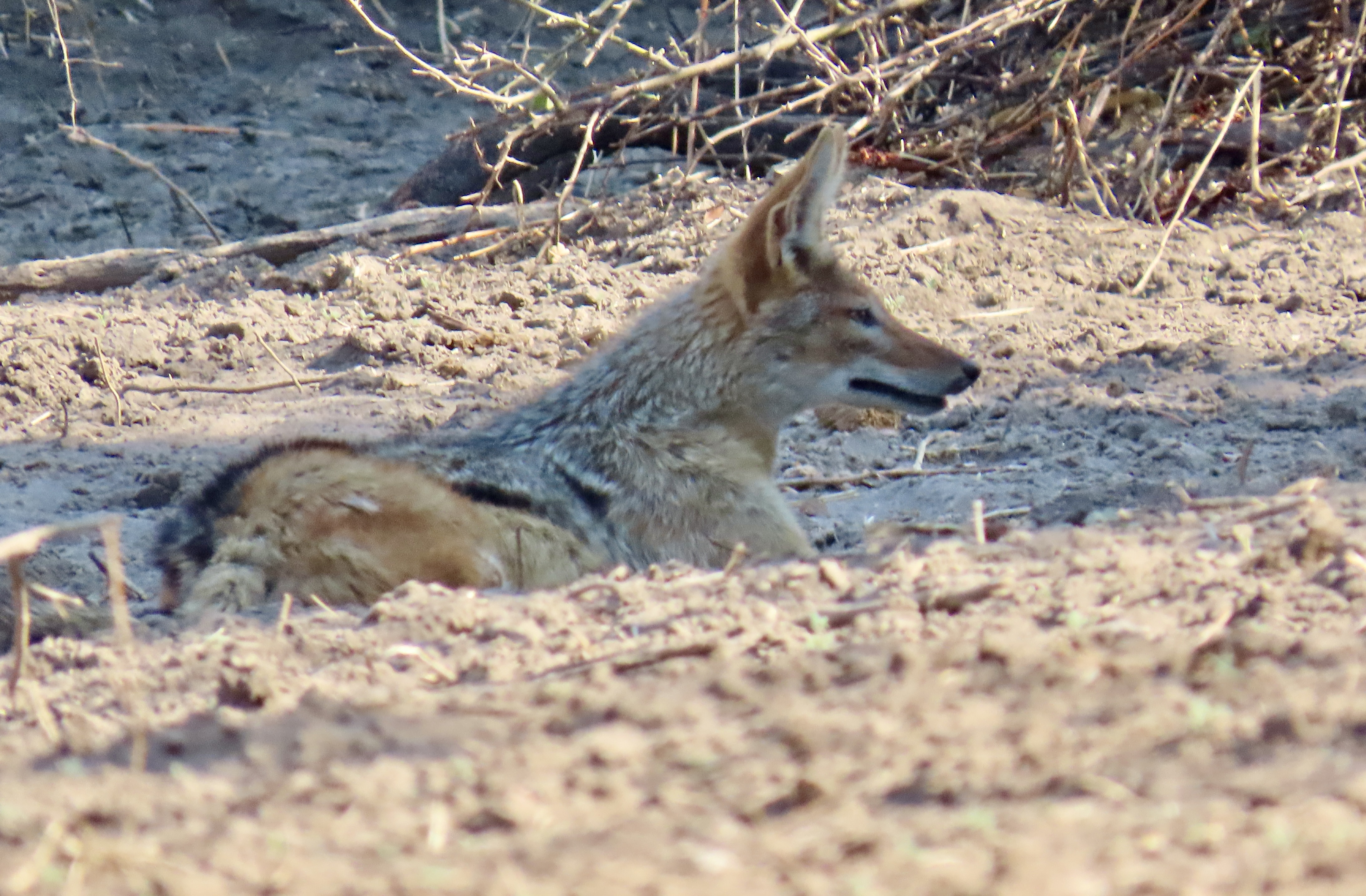
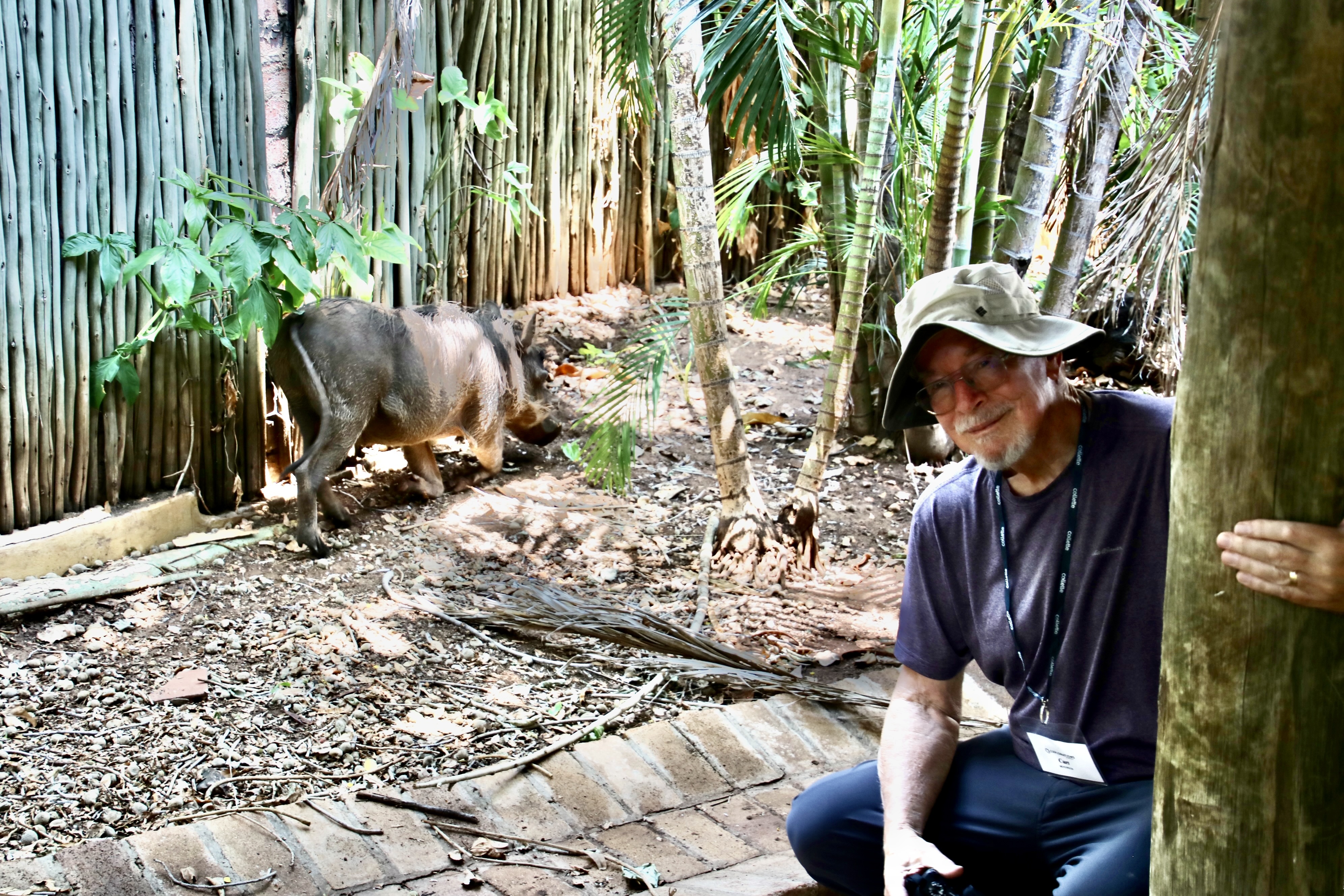
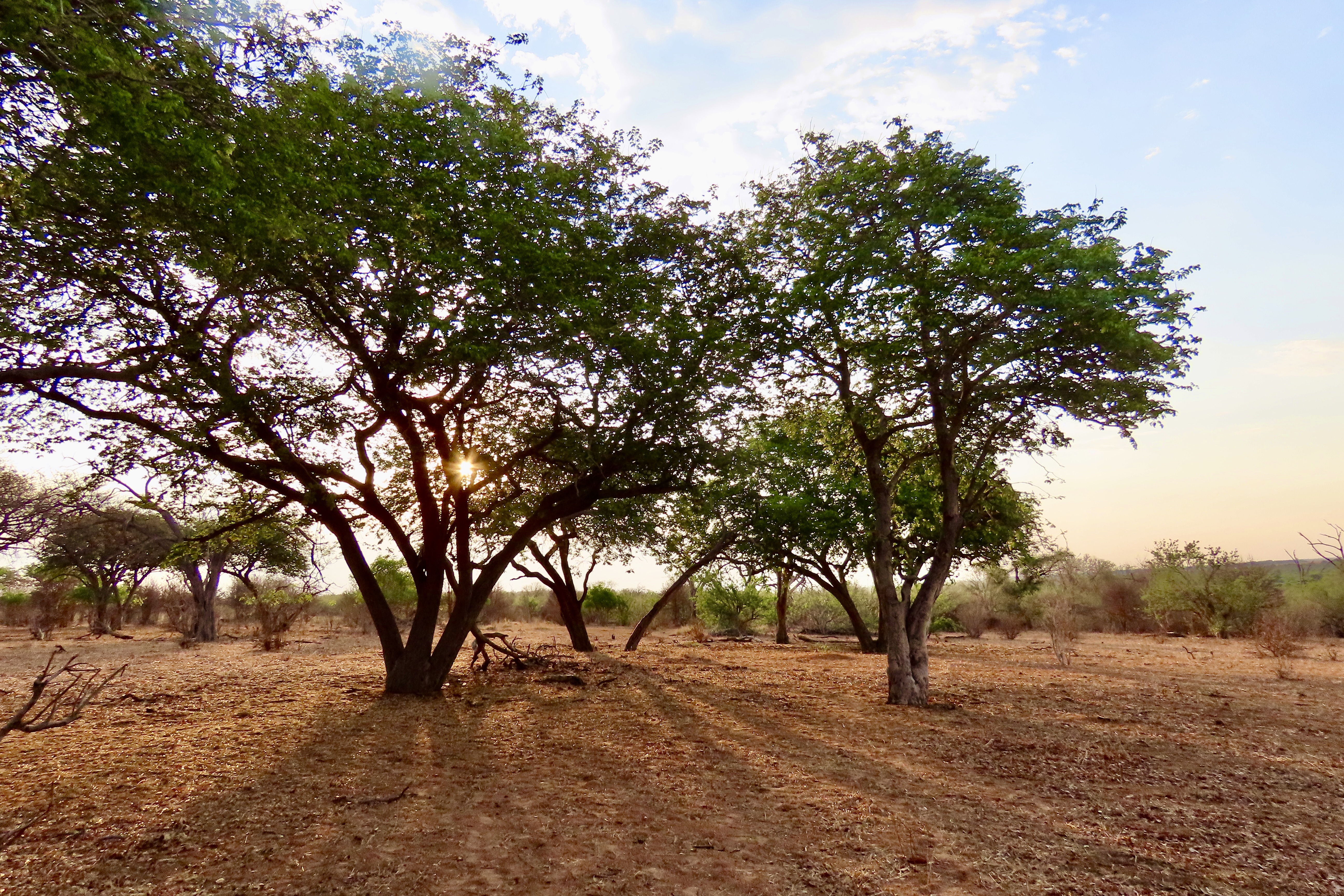
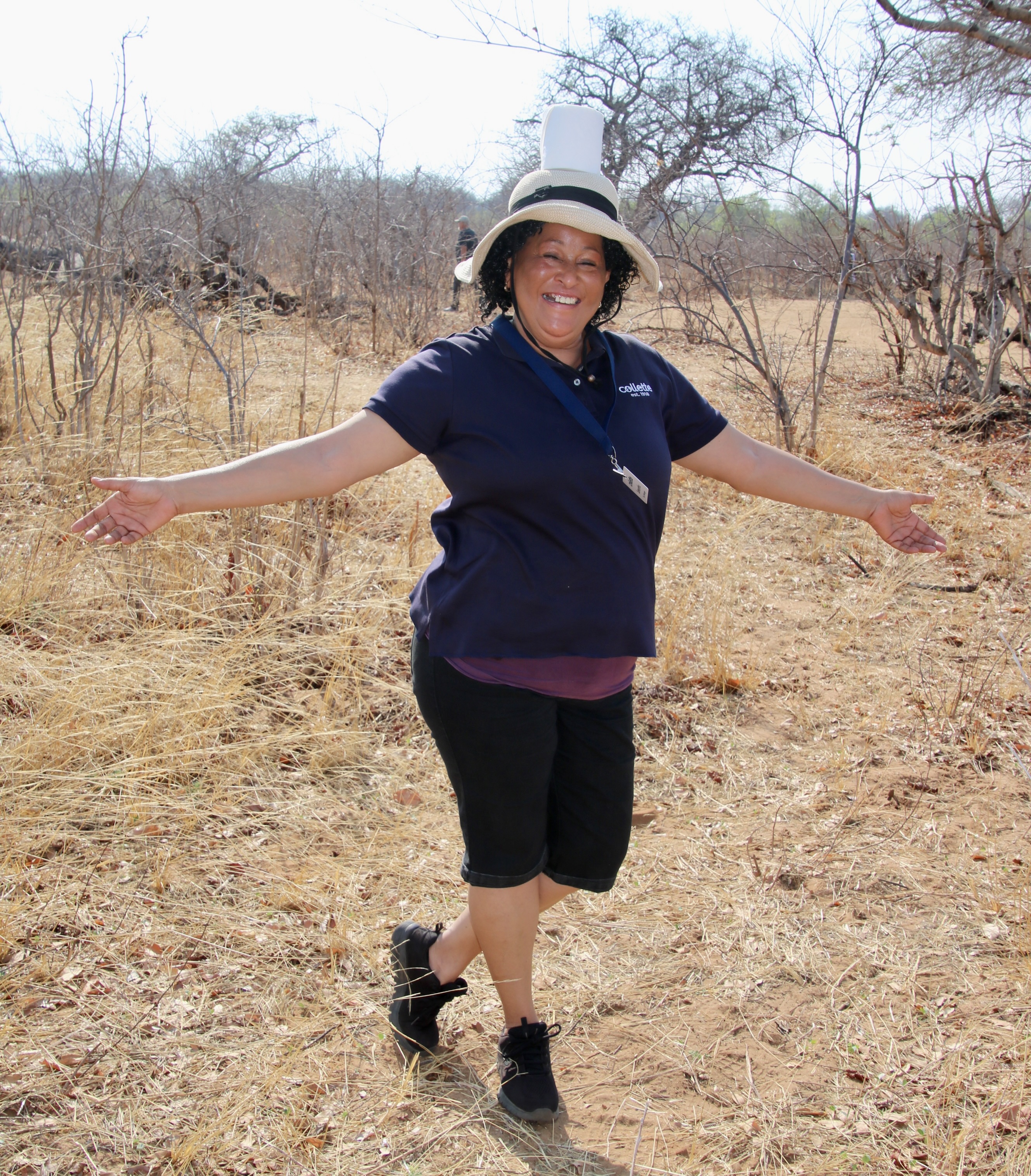

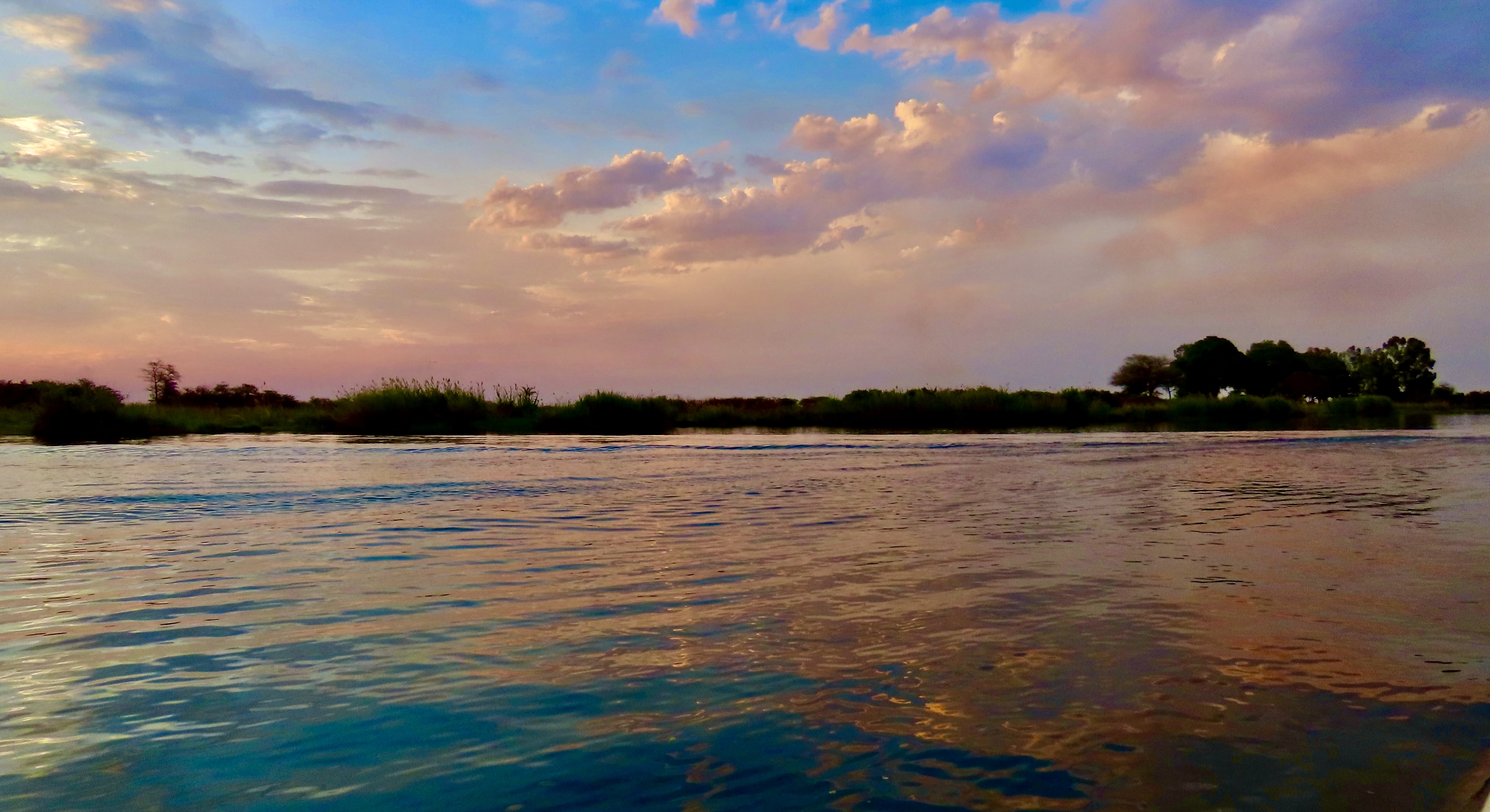
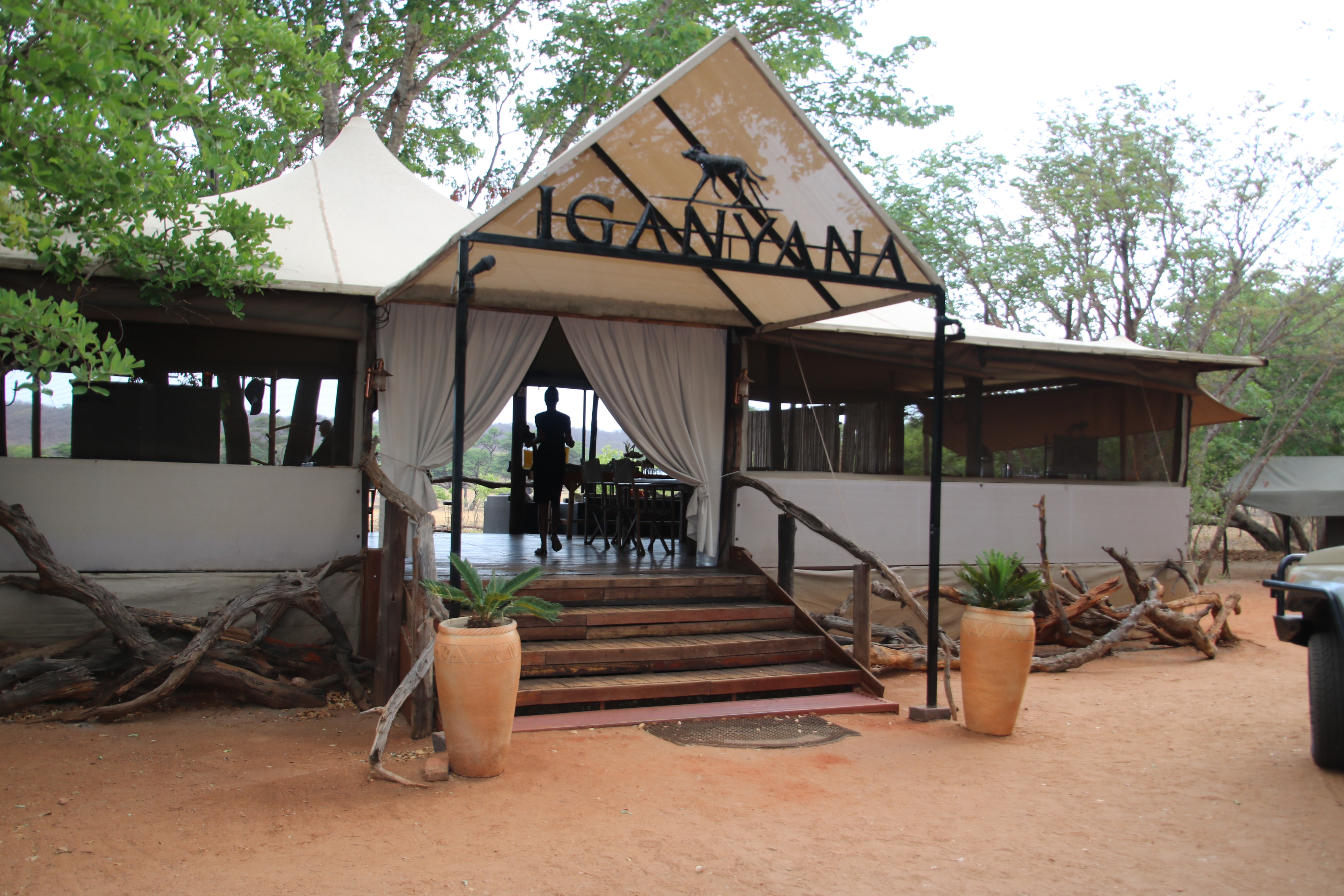
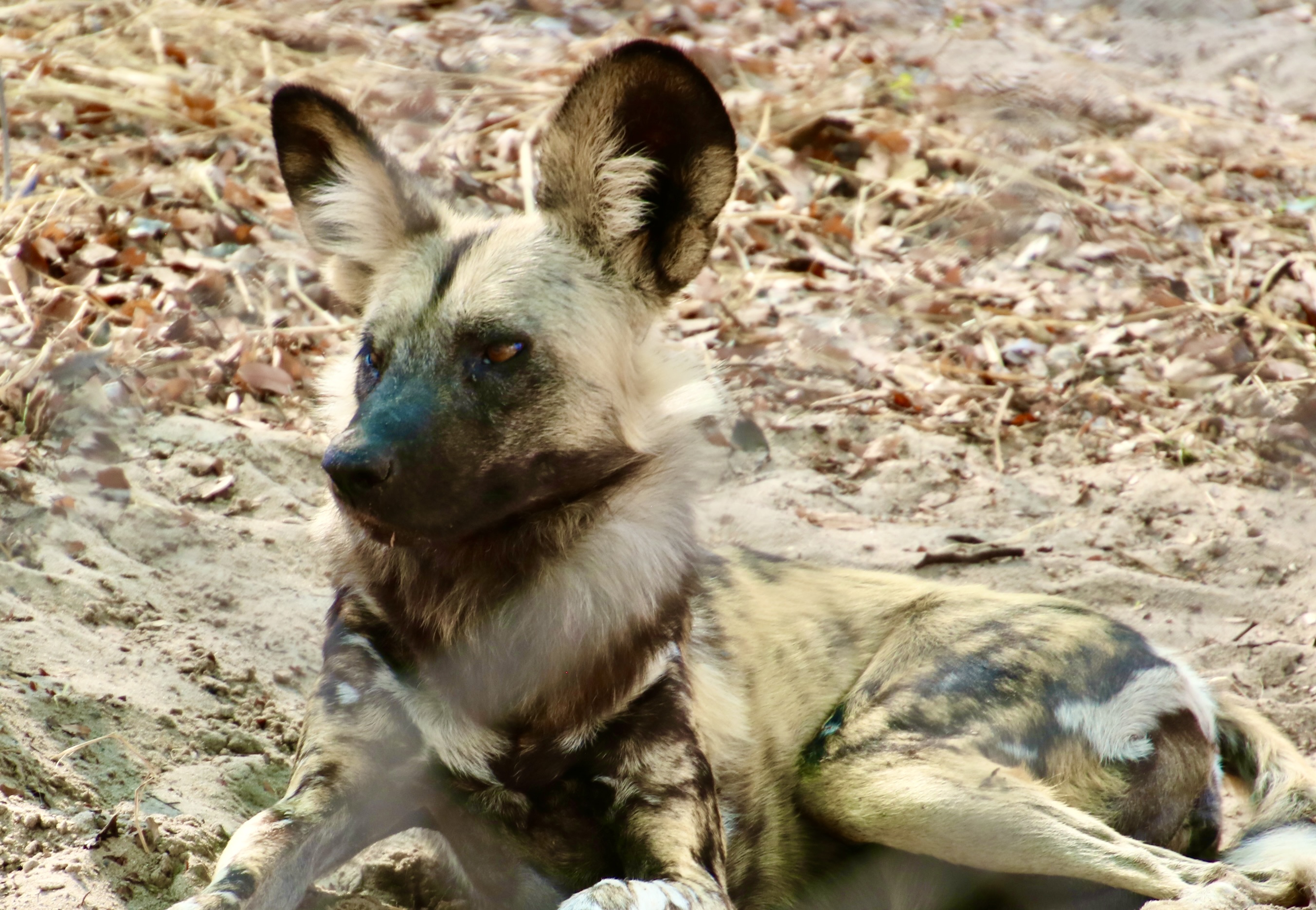
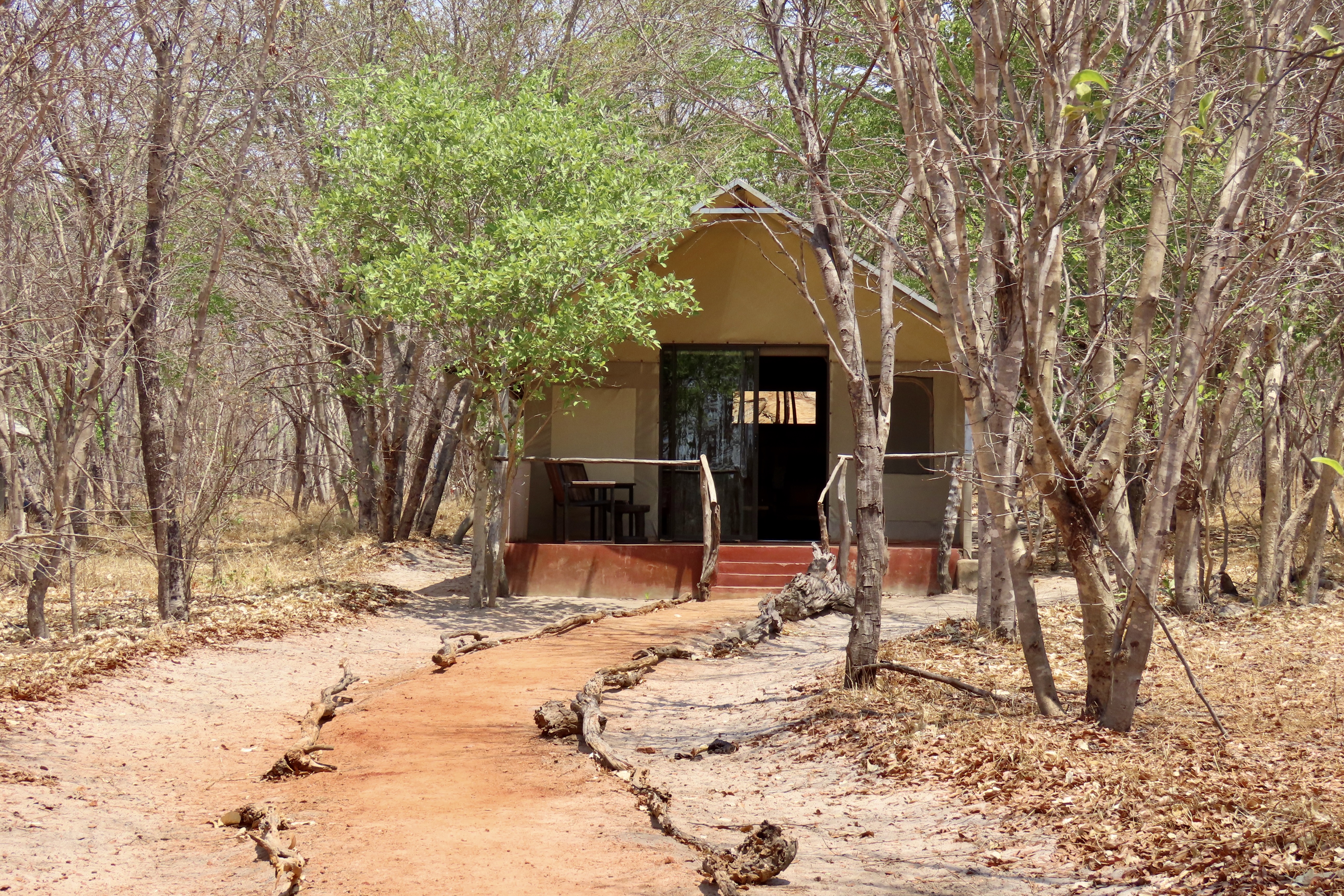
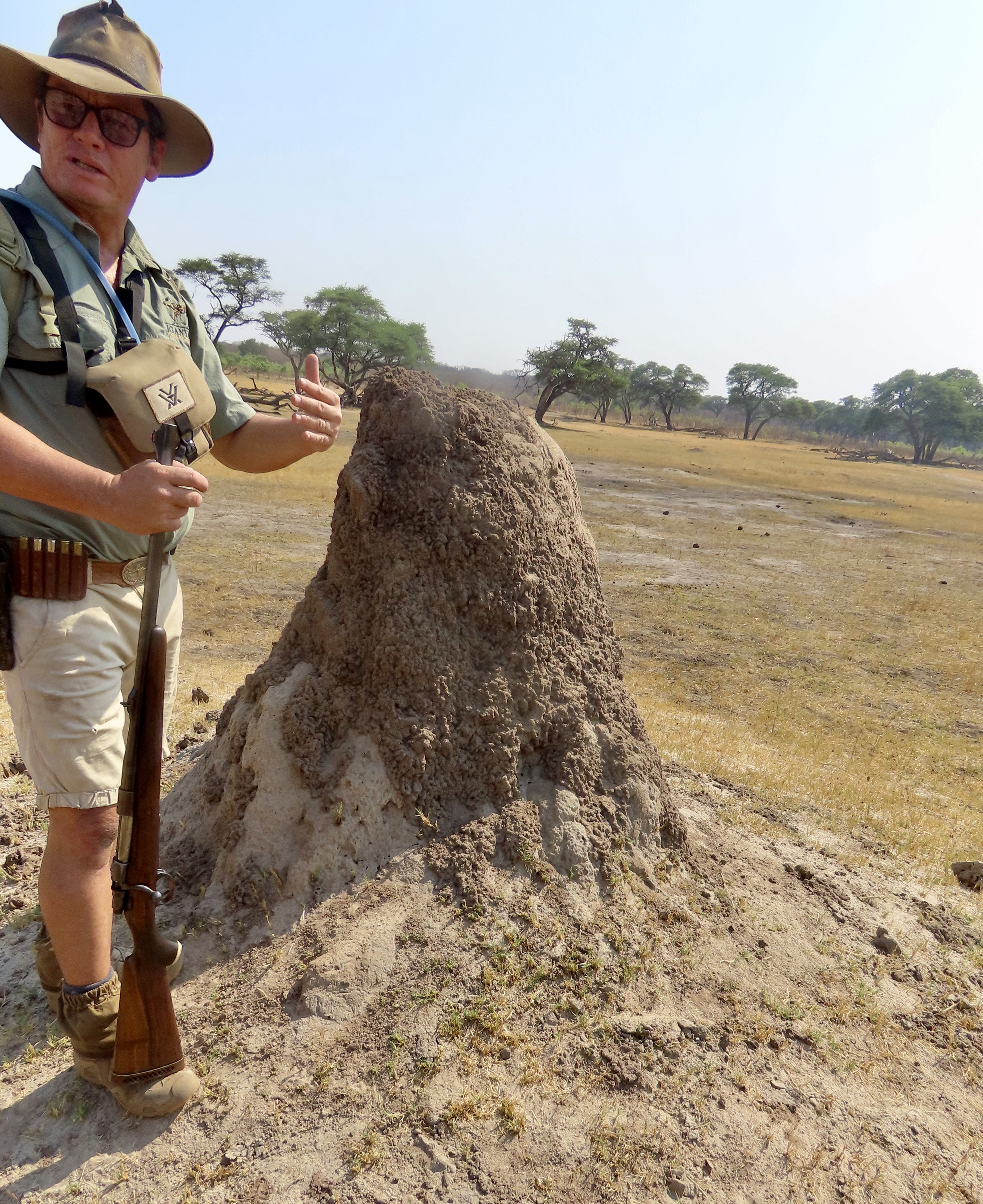

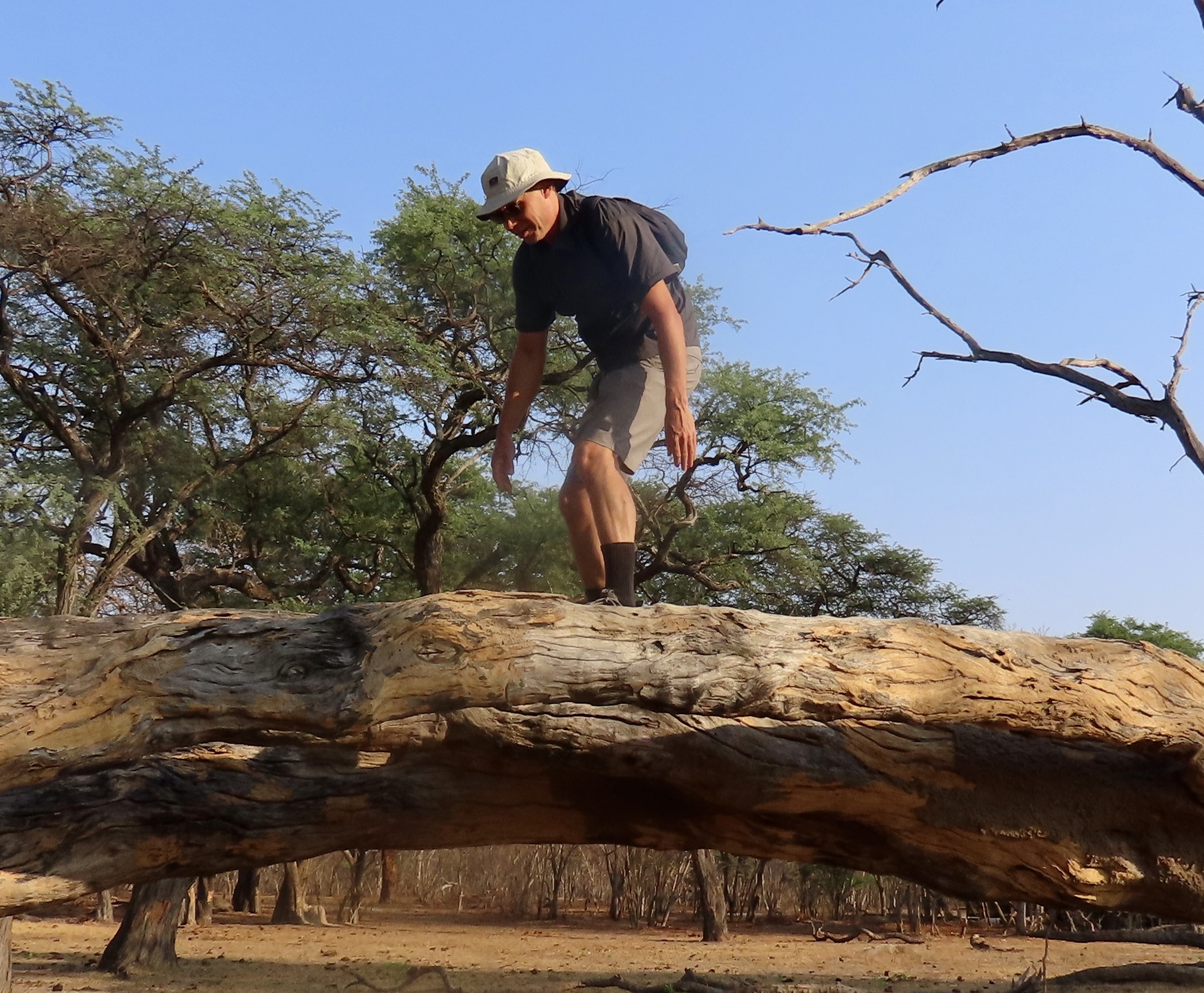
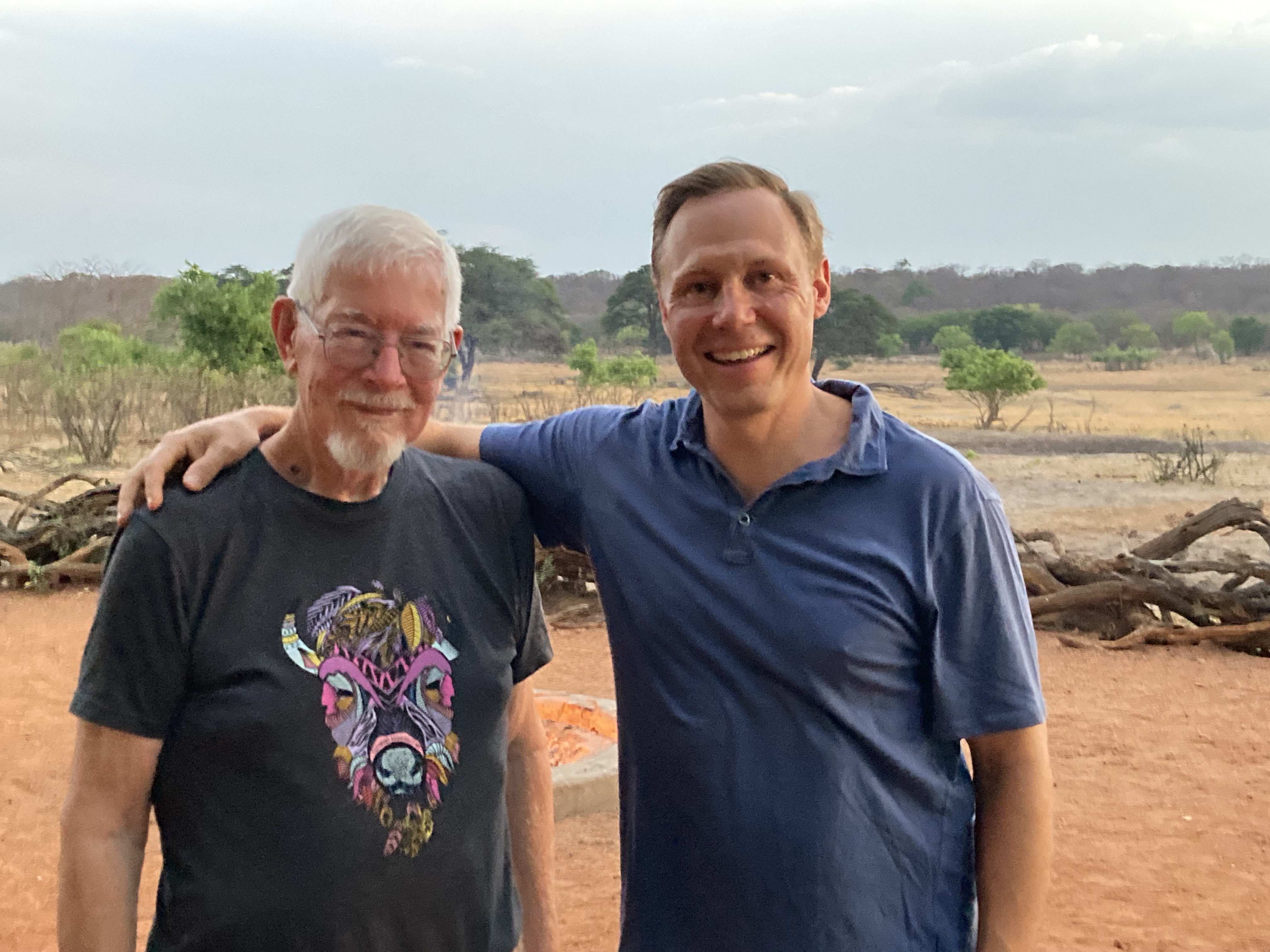
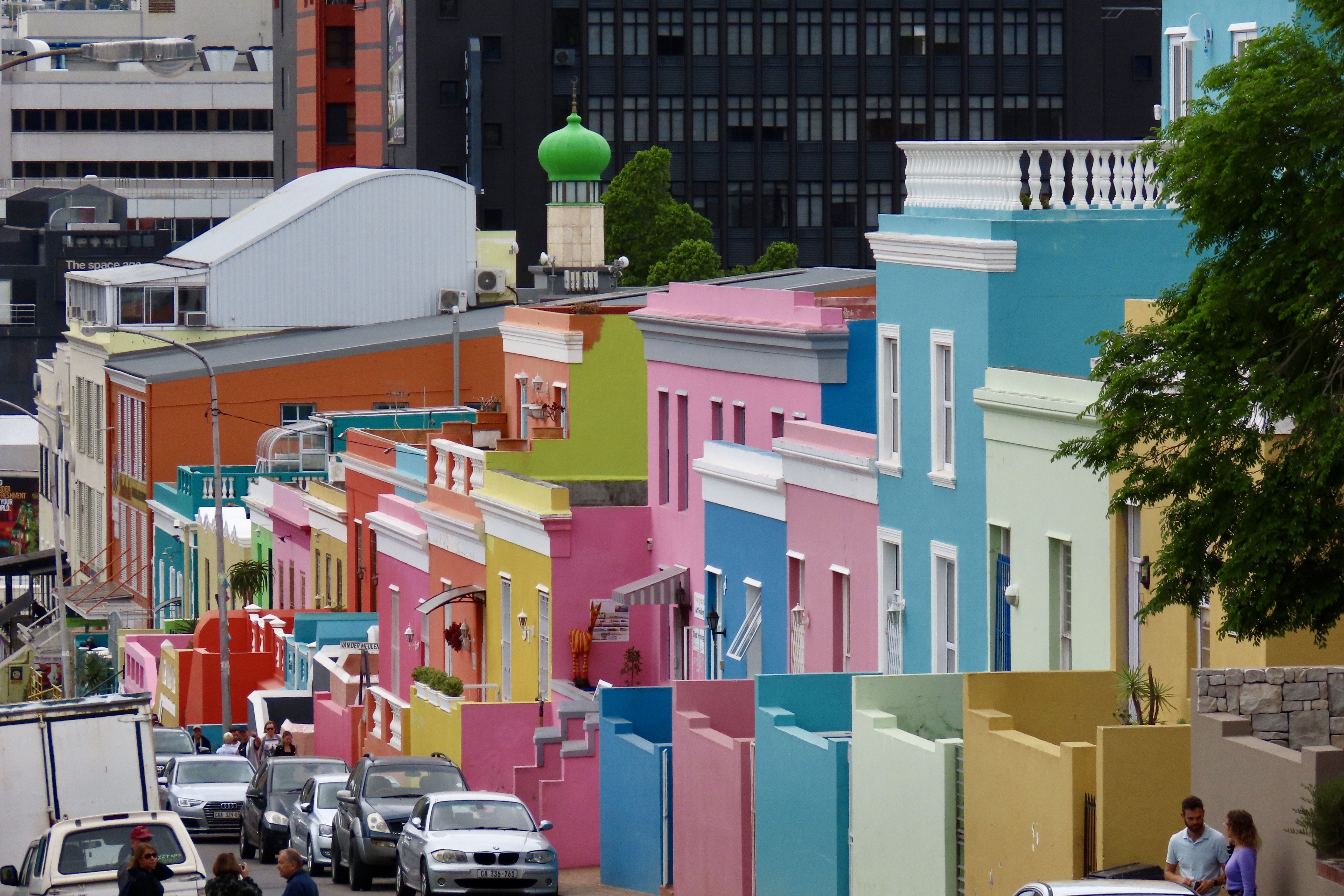

























In the animal kingdom, baboons are close relatives of ours, sharing 94% of our DNA. While others are closer (chimpanzees at 99% for example), 94% is close enough to feel a sense of identity, or at least imagine one. This mom’s interactions with her baby were about as ‘human’ as they get.







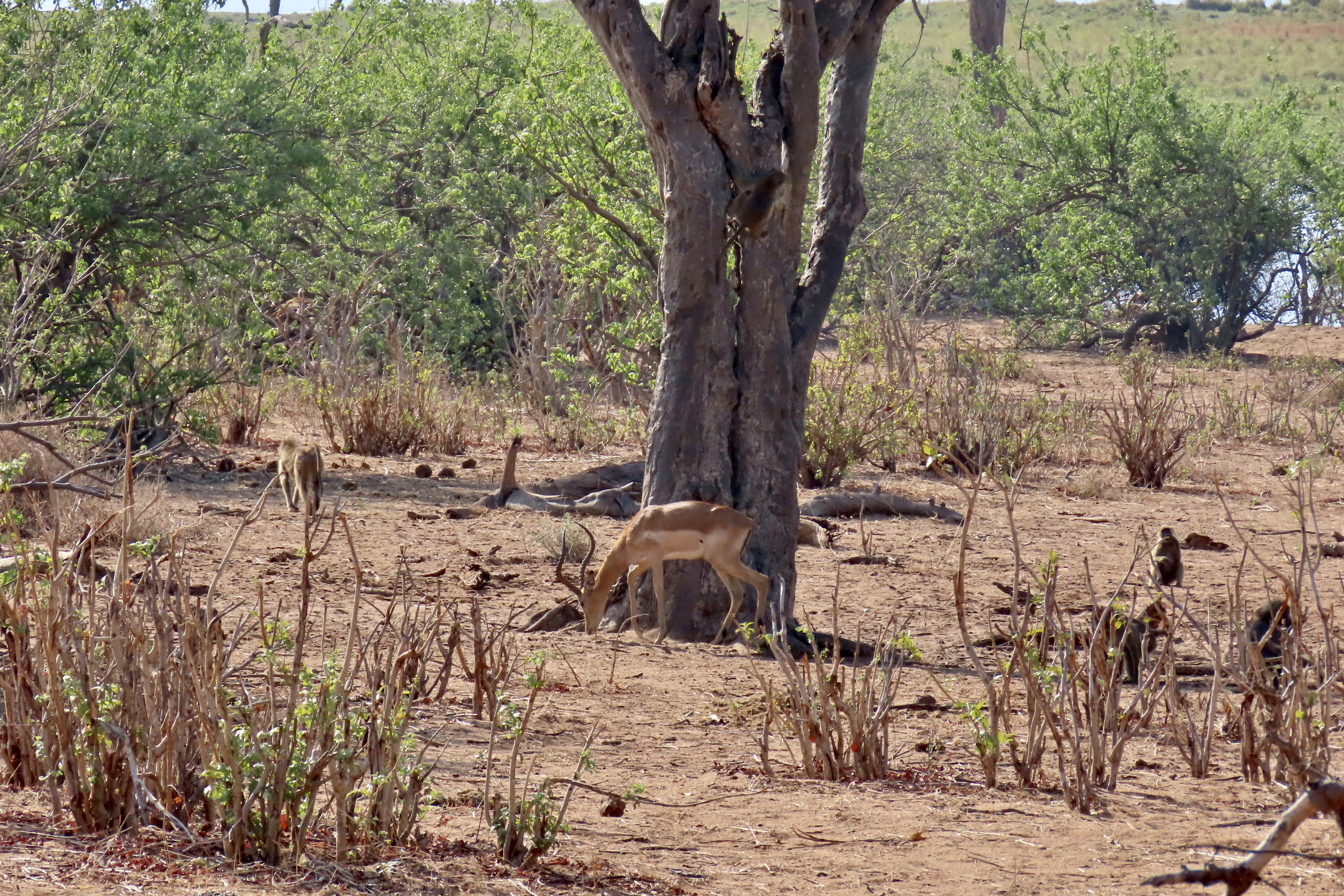

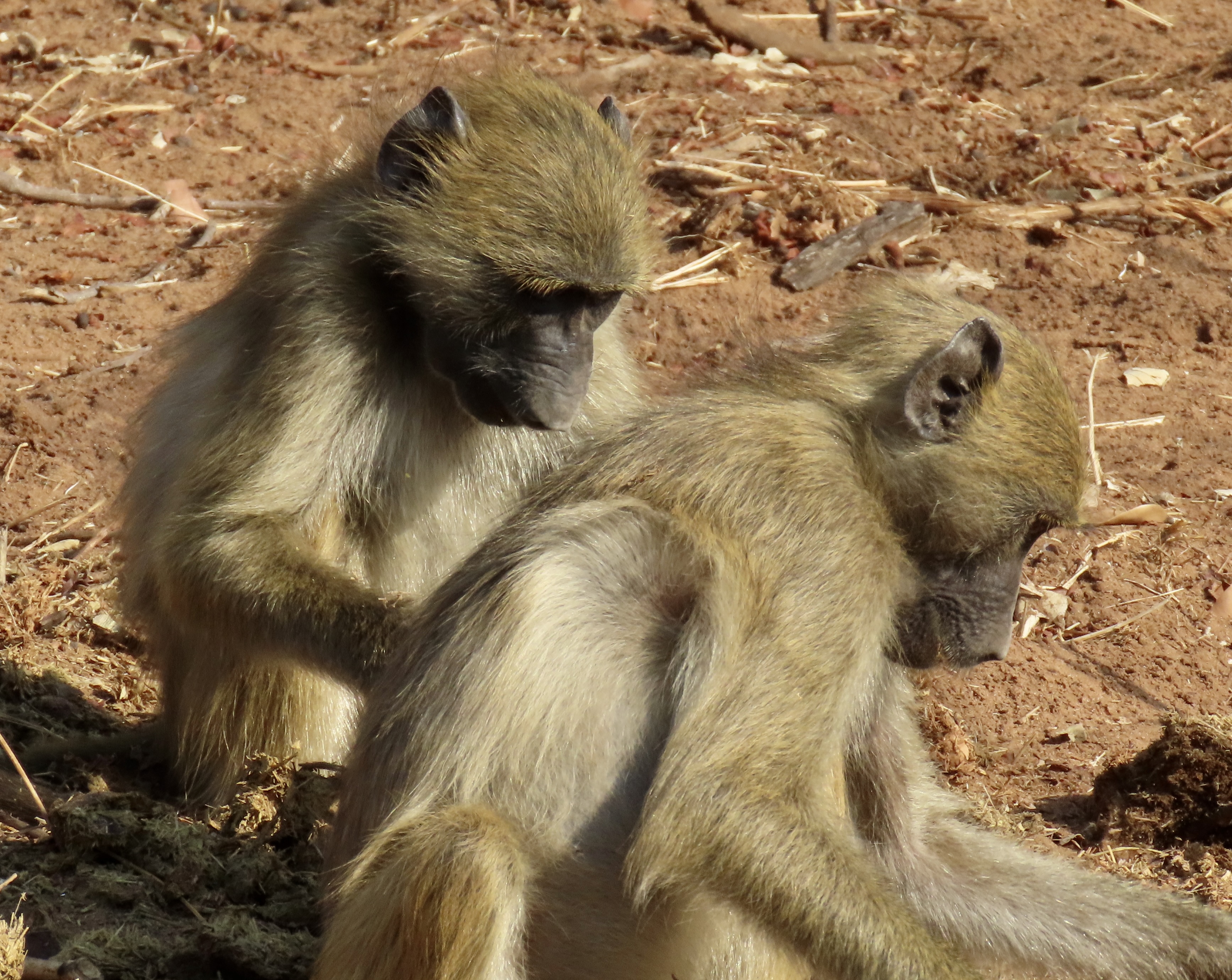






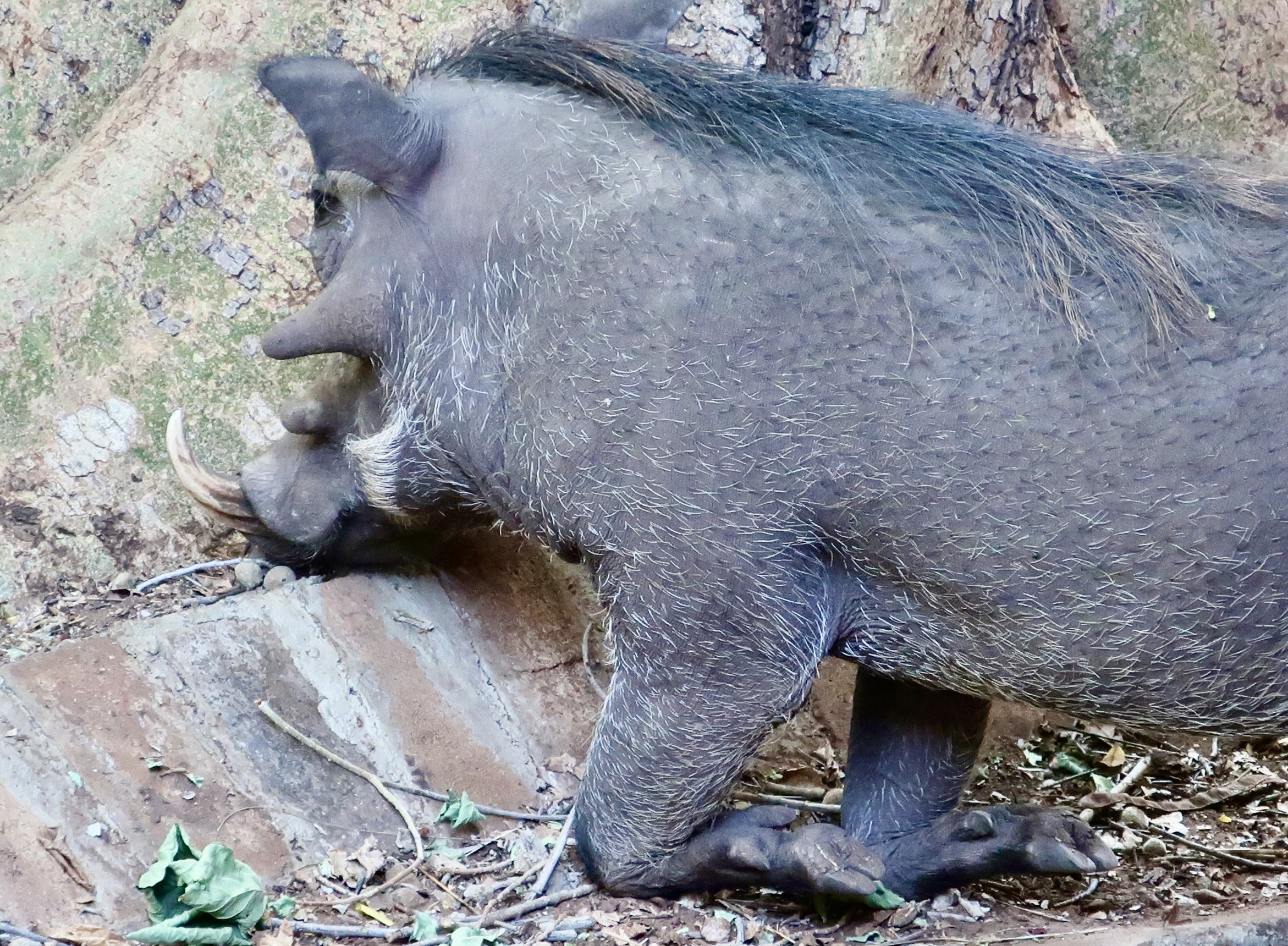

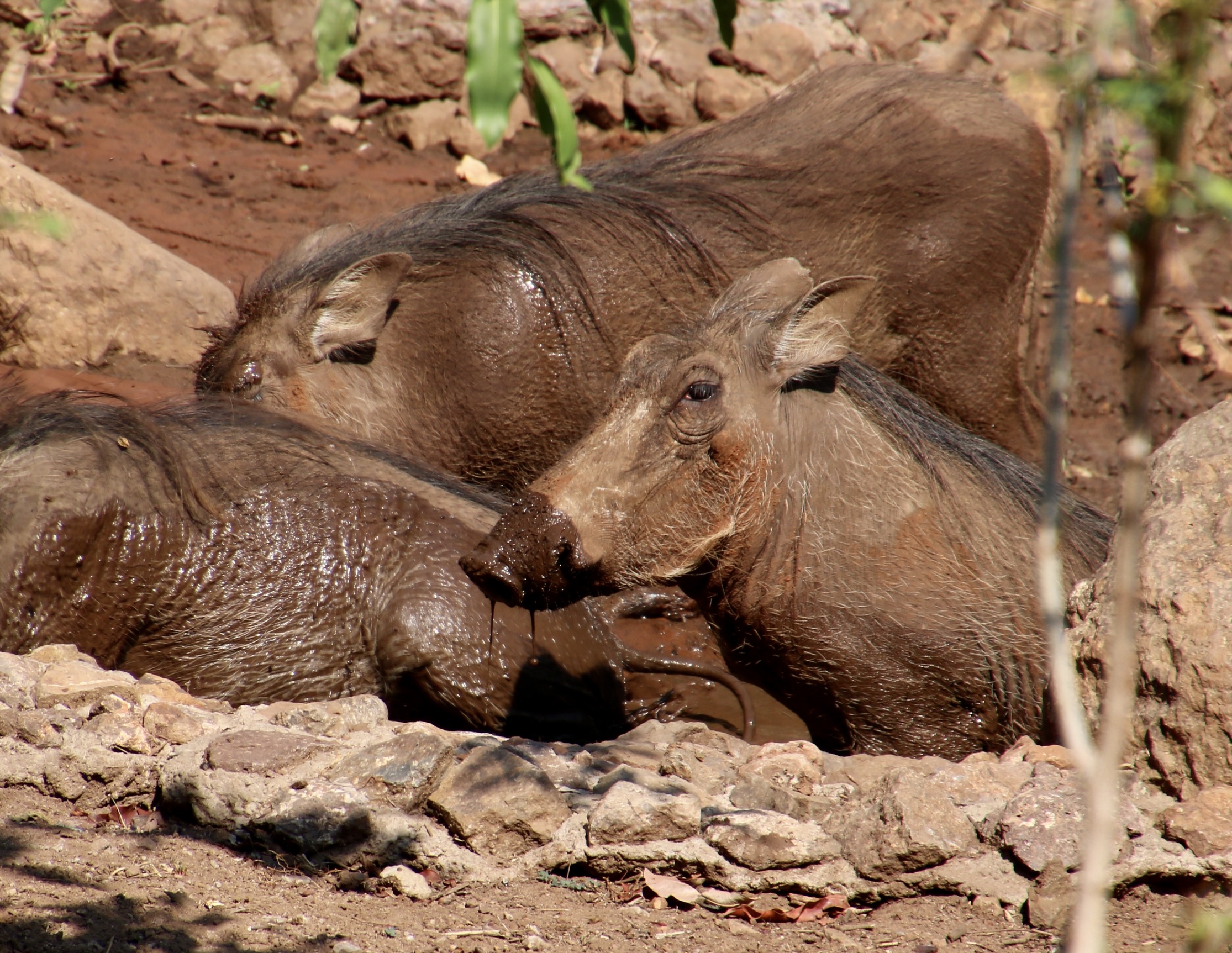








First the story about the soldiers. I’ve told it before in my book about my Peace Corps experience, The Bush Devil Ate Sam, and on my blog. Because it involved Guinea fowls, it deserves being told again. It was 1967 and I had just returned from my Peace Corps job of teaching history and geography at the nearby Gboveh High School in Gbarnga, Liberia. Much to my surprise—and dismay— I found soldiers standing in our yard pointing guns every which way. It was an ‘Ut-Oh’ moment. Liberian soldiers were scary.
“What’s up?” I asked, trying not to sound nervous. You learned early on not to mess with Liberian soldiers. There was a reason why the government refused to issue them bullets.
“Your dog ate one of the Superintendent’s Guinea hens,” their sergeant mumbled ominously. The Superintendent of Bong County was the equivalent to a governor except that he had more power. He lived a quarter mile away and his Guinea fowls strutted around on the government compound squawking loudly.
“Which one?” I asked innocently.
“What does it matter which Guinea hen the dog ate?” the Sargeant sneered.
“No, no,” I responded, “I meant which dog.”
He glared at me for a moment and then pointed at Boy. I relaxed. It didn’t seem like the three Liberian dogs who had adopted Jo Ann (my first wife) and me would have done in the Supe’s Guinea fowl. They were three of the best-fed dogs in Gbarnga.
Boy was something else: A large, obnoxious, always hungry dog. He normally lived across town with Holly, another Peace Corps Volunteer. A second dog she owned, however, had puppies and drove Boy off. She was afraid he would eat her kids. Since Boy didn’t like Liberians, he had hightailed it across town to live with us. Normally I wouldn’t have cared. But given his attitude toward black people and the fact he thought of our cat Rasputin as dinner, I wasn’t fond of him.
“Why don’t you arrest him?” I offered hopefully.
“Not him,” the sargeant shouted. “You. You come with us!” Apparently, the interview wasn’t going the way Sarge wanted. A Liberian might have been beaten by then. I decided it was time to end the conversation.
“Look,” I said, “that dog does not belong to me. He belongs across town. I am not going anywhere with you.” With that I walked into our house and closed the door. It was risky but not as risky as going off with the soldiers. They grumbled around outside for a while and finally left.
Jo and I relaxed “small,” as the Liberians would say, but really didn’t feel safe until that evening. It was a six-beer night. Finally, around ten, we went to bed, believing we had beaten the rap.
WHAM! WHAM! WHAM!
“What in the hell was that?” I yelled as I jumped out of bed. It was pitch black and four o’clock in the morning.
WHAM! WHAM! WHAM!
“Someone is pounding on our back door,” Jo Ann whispered, sounding as frightened as I felt.
I grabbed our baseball bat, headed for the door, and yanked it open. Soldiers were everywhere. The same friendly sergeant from the afternoon before was standing there with the butt of his rifle poised to strike our door again.
“Your dog ate another one of the Superintendent’s guinea hens,” he proclaimed to the world. I could tell he was ecstatic about the situation. He had probably tossed the bird over the fence to Boy.
“This time you are going with us!” he growled.
In addition to being frightened, I was growing tired of the routine. “I am sorry you are having such a hard time guarding Guinea hens,” I said, trying to sound reasonable, “but I explained to you yesterday that the dog does not belong to me and I am not going anywhere with you. Ask Mr. Bonal (the high school principal who lived next door) and he will tell you the dog is not ours.”
Sometimes the ballsy approach is your best option.
I closed the door and held my breath. Sarge was not happy. He and his soldiers buzzed around outside like angry hornets. Still, yanking a Peace Corps Volunteer out of his house and dragging him off in the middle of the night over a guinea fowl could have serious consequences, much more serious than merely reporting back that I was uncooperative. I could see the headlines:
Soldiers Beats Peace Corps Volunteer Because Dog Eats Guinea Fowl. Liberian Ambassador Called to White House to Explain
I hoped the sergeant shared my perspective. At a minimum, I figured he would check with Bonal. John might not appreciate being awakened in the middle of the night, but it would serve him right for laughing when I had told him the guinea fowl story the night before. Anyway, I suspected he was up and watching the action.
We had a very nervous thirty minutes before the soldiers finally marched off. In the US, this is the point where we would have been calling an attorney, Jo’s mother, and the local TV station. Here, my only backups were the Peace Corps Representative and Doctor: one to represent me, the other to patch me back together.
Happily, our part of the ordeal was over. It turned out that Peter, a young Liberian who worked for Holly, actually owned Boy. The soldiers finally had someone they could bully.
Peter was pulled into court and fined for Boy’s heinous crimes. Boy, in turn, was sold to some villagers to cover the cost of the fine. As for Boy’s fate, he was guest of honor at a village feast. Being a Bad Dog in Liberia had rather serious consequences.

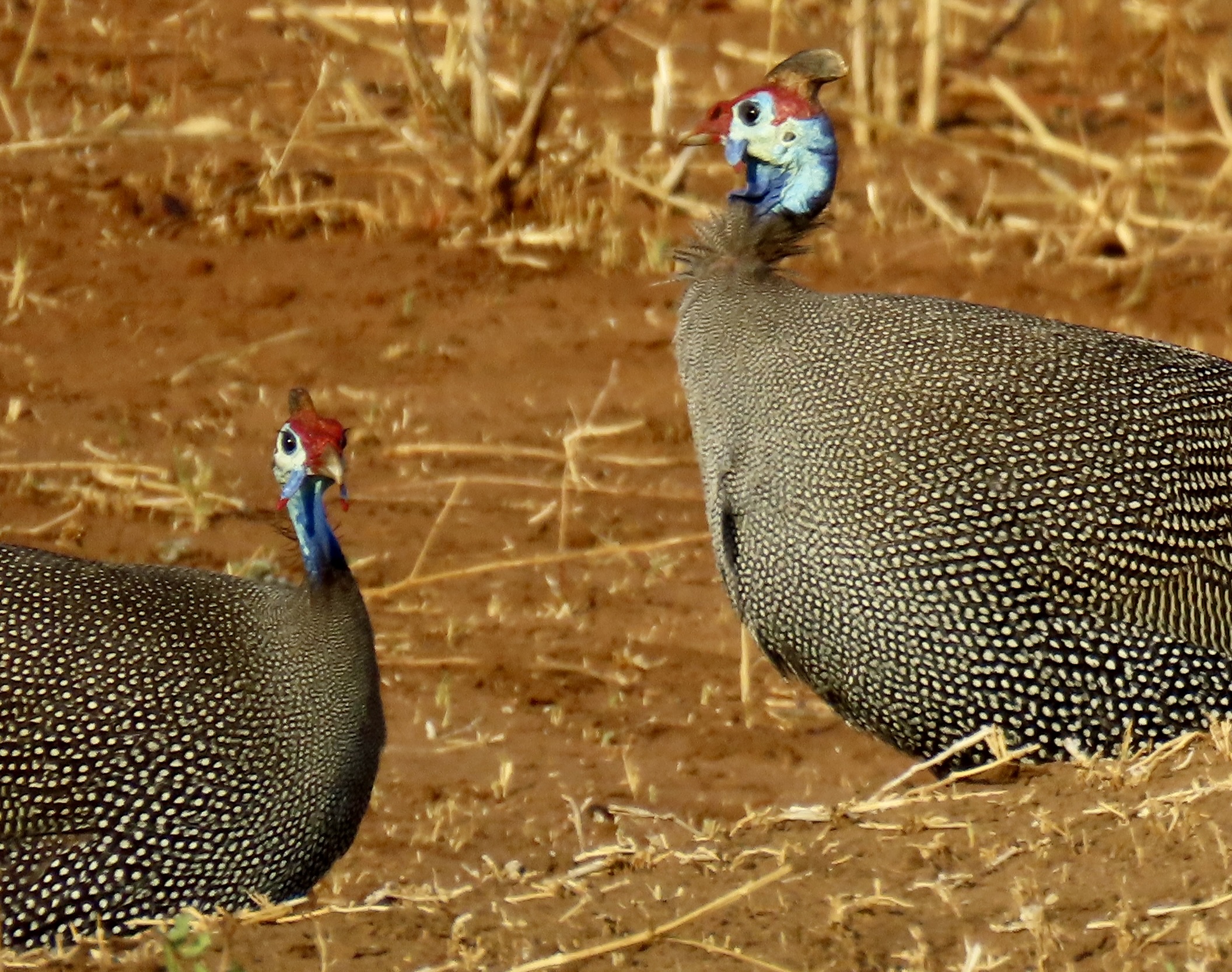
And now for the southern red billed hornbill, another unique looking bird we first saw in Chobe National Park.


Peggy and I will be on the road again for a month starting on Tuesday, this time traveling to Florida to spend time with our son and his family and once again visit Everglades National Park. I plan on maintaining my regular blog schedule. But, we’ll see. Grin. Friday’s post will be on one of Africa’s more amusing animals, the warthog.


Peggy and I joined her brother John and his wife Frances on an African safari to see elephants and lions, and giraffes, and hippos, and crocodiles, and zebras, and baboons, and… the list goes on. And we did, in glorious profusion. What we weren’t expecting was the bird life. A serious birder would be in heaven. In fact, there are specific African bird safaris one can sign up for. While our passion doesn’t run that deep, we do enjoy bird watching and always have. Time and again on our trip, we found ourselves stopping to admire their beauty, character and antics in Botswana, Zimbabwe, and South Africa. We have the photos to prove it.
Altogether, we photographed over 20 species. You will be meeting up with many of them in my bird posts, including ostriches and penguins, but today, we are going on a fishing expedition with a yellow billed stork and an African Darter we met along the Chobe River in Chobe National Park, Botswana.
The yellow billed stork stands around three feet tall. It prefers fishing in shallow water where it shoves its large bill into the water and then stirs the water plants and mud with one of its feet to herd dinner toward its waiting bill. Small fish, frogs, and water insects are all welcome. It’s an open bill policy. It fishes by feel. When a suitable meal hits its bill, the stork captures it with a lightning fast reflex snap. But I’ll let the stork tell you the story.

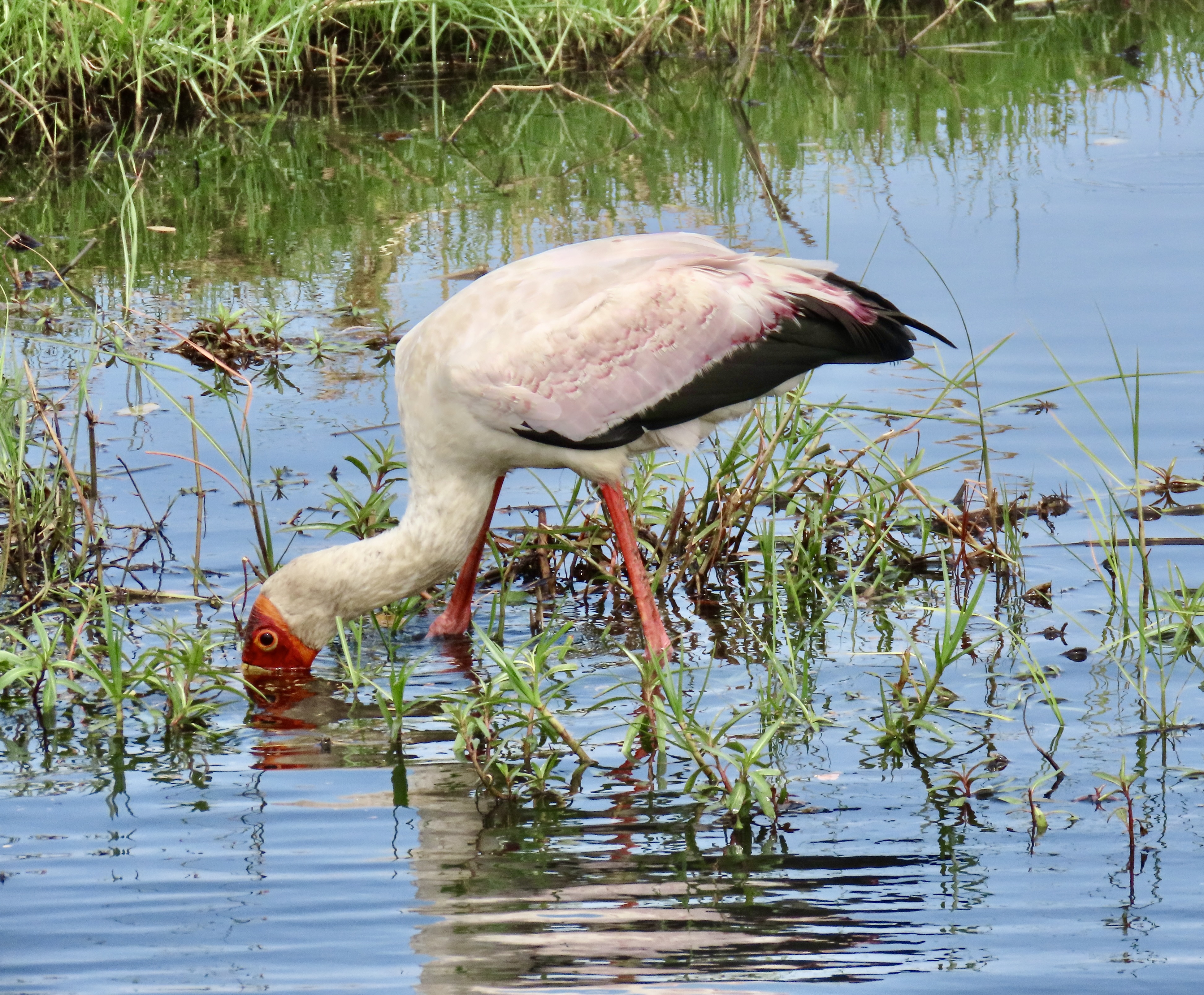





And now on to the African Darter or anhinga, also known as a snake bird. These birds are closely related to cormorants. The 36 species of cormorants and four of anhingas make up the family Phalacrocoracidae. The African Darter swims through the water in search of its prey, often with only its head showing. When it finds a fish, it literally spears it. ‘Darter’ refers to how fast. The alternative name, snake bird, derives from its sinuous neck. Now, in its own words:

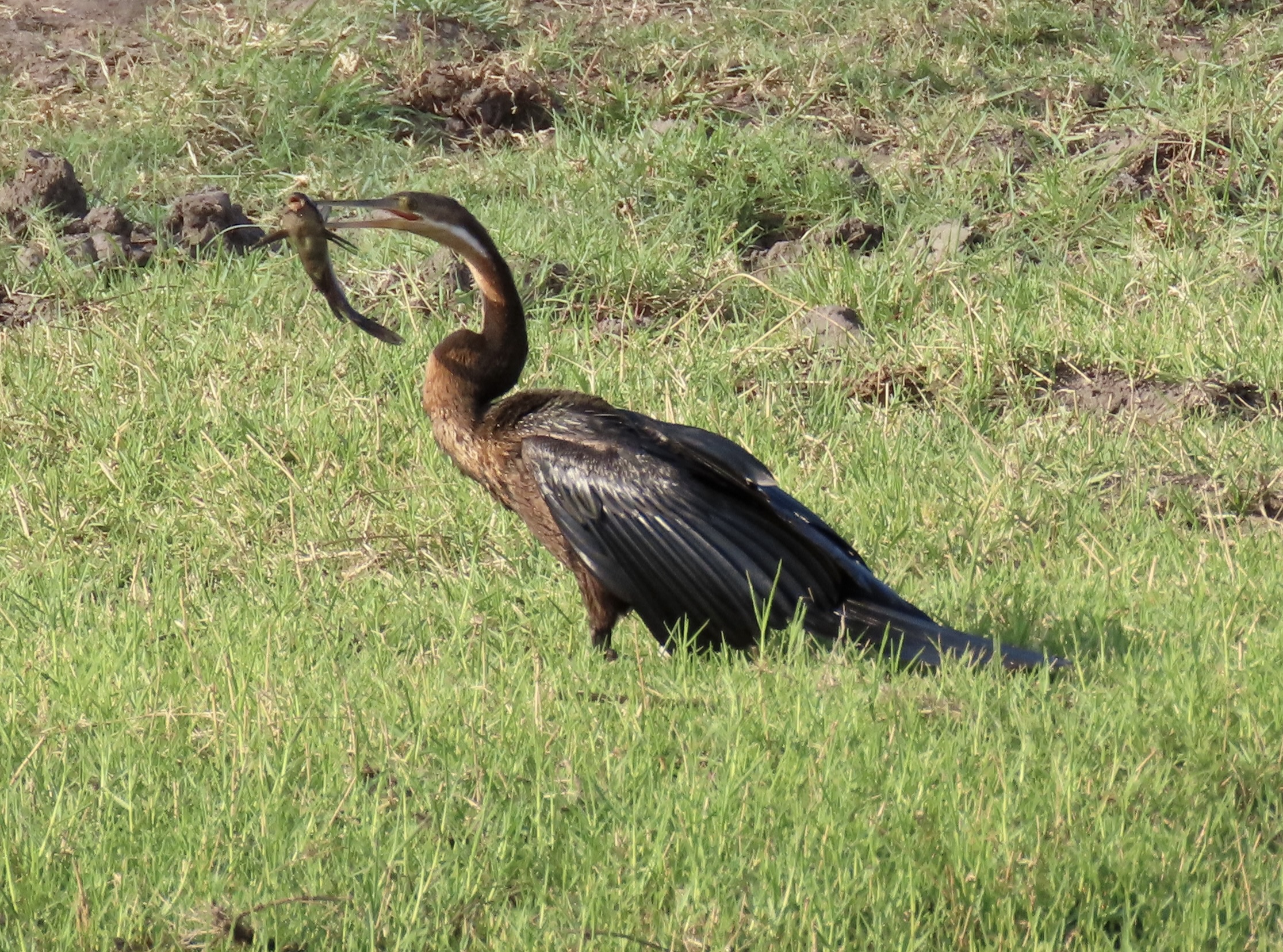





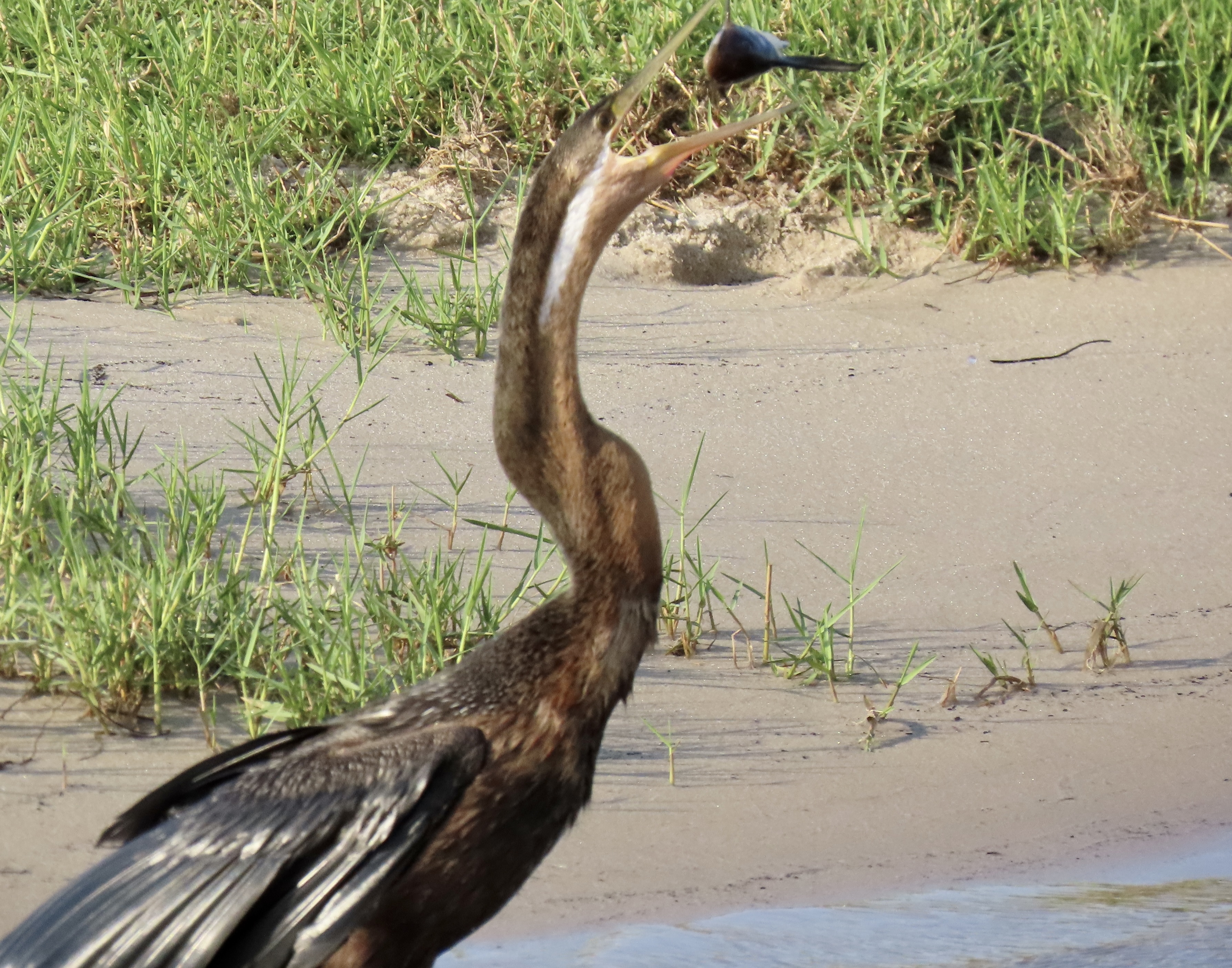
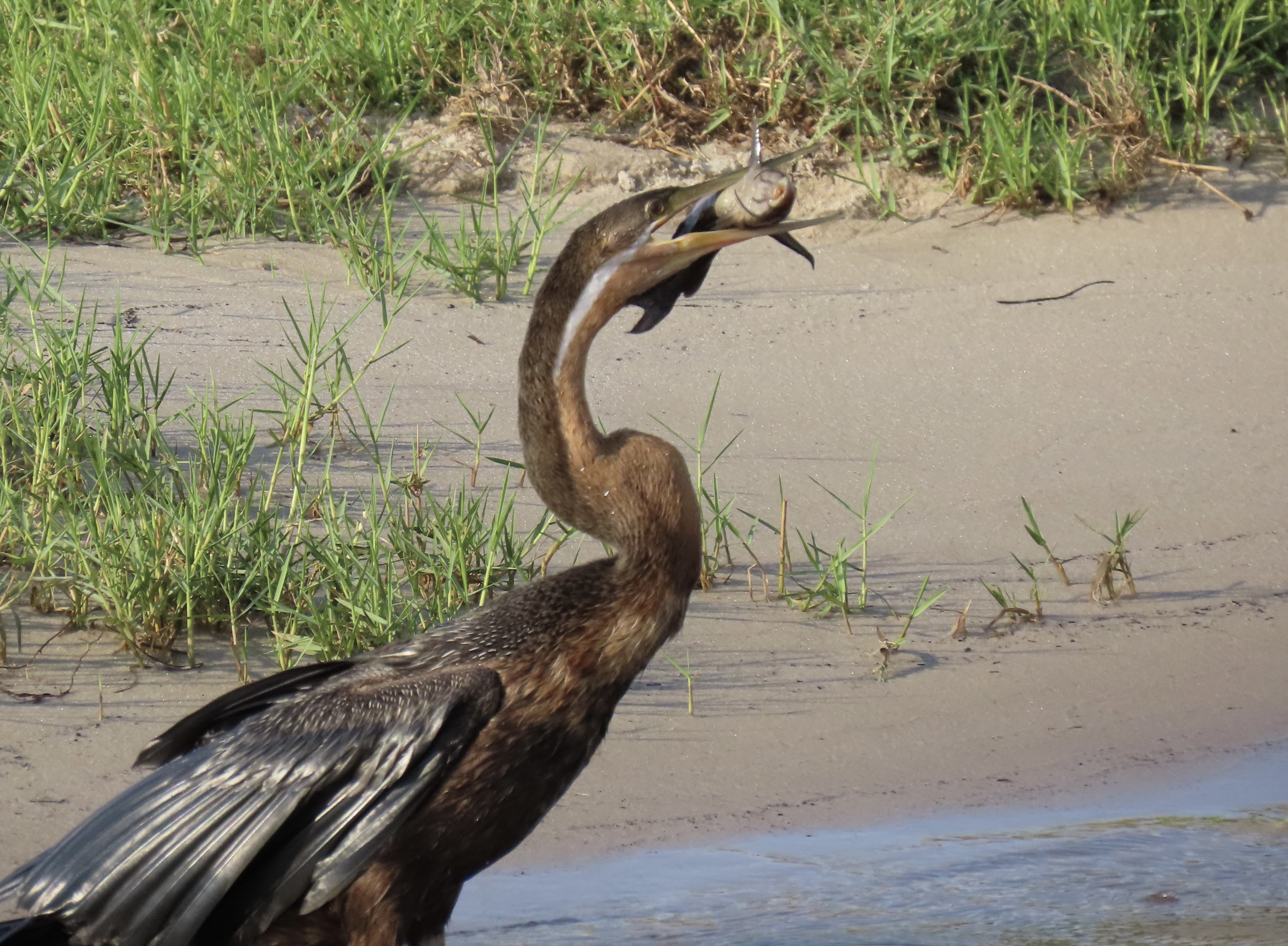



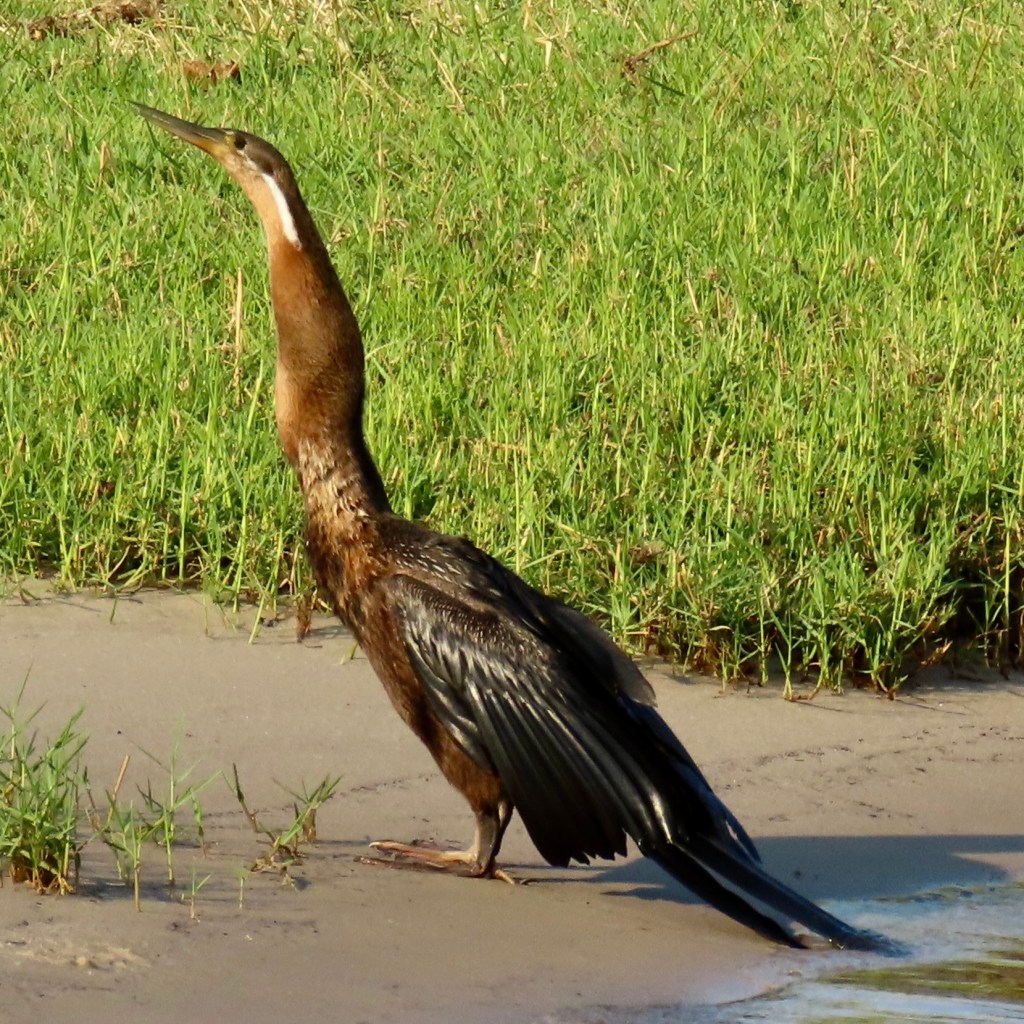
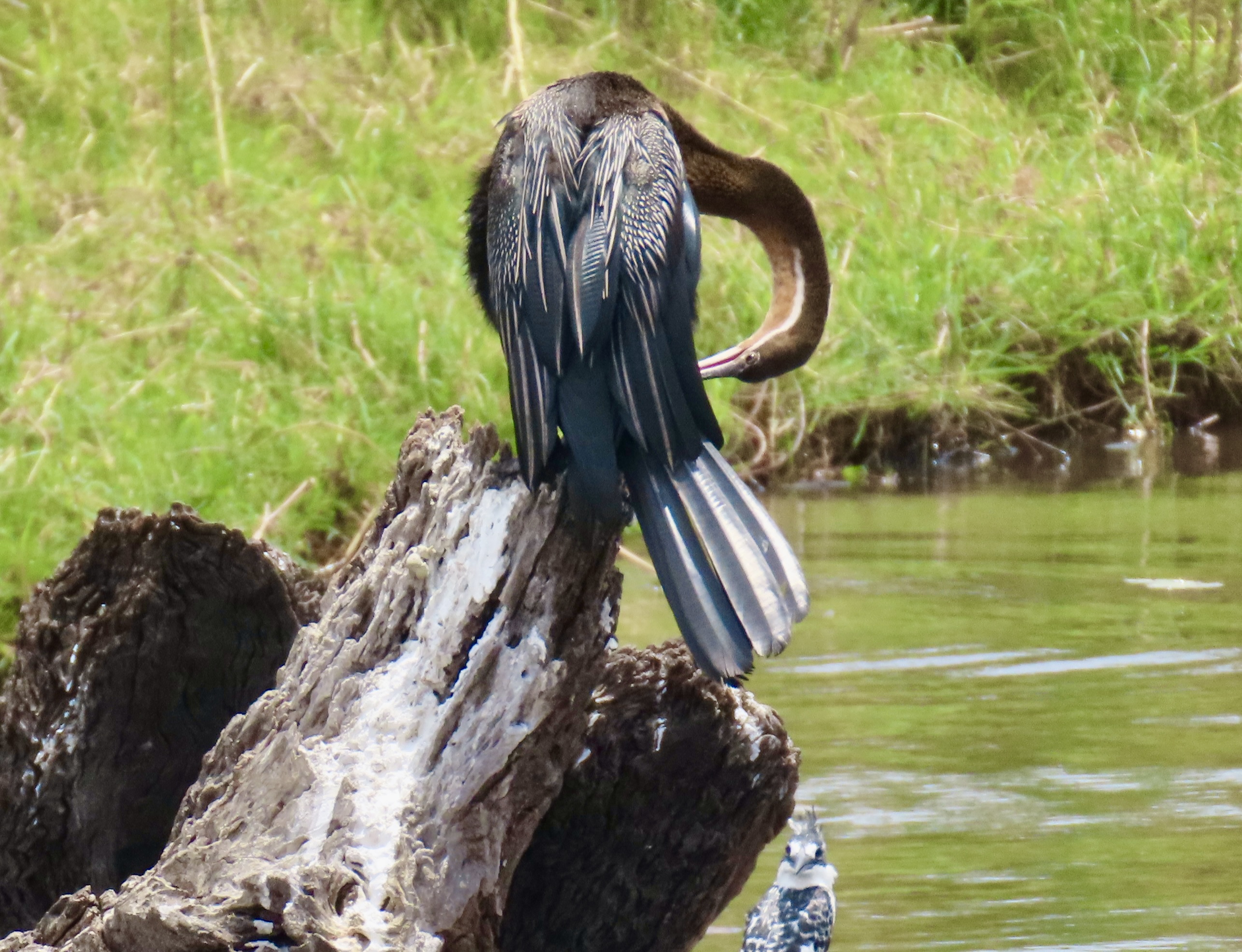
That’s it for today. Hope you enjoyed our talking birds. On Friday, we will be reaching for the sky and featuring giraffes.

Today, I am starting my series of posts on Peggy and my recent safari to Botswana, Zimbabwe, and South Africa. It was an incredible adventure, one of our best ever. We owe a large vote of thanks to Peggy’s brother John and his wife Frances for asking us if we would like to join them on the Collette Travel Agency organized trip. Along the way, we visited four national parks, Victoria Falls and Cape Town— staying in accommodations that ranged from a safari lodge, to a tent camp, to a house boat, and comfortable hotels.

As for the wildlife we saw? It was incredible! That’s the only way I can think to describe it. In addition to seeing a great variety, we watched them going about their daily business of eating, sleeping, fighting, breeding and even pooping. (Elephants do a lot and hippos whirl their tails like a fan when going. It’s best not get caught in the splatter zone.) What we hadn’t expected to see was the colorful birdlife. It was a plus. Our guides also went out of their way to introduce us to local African culture, which I appreciated a lot, given my service as a Peace Corps Volunteer in Africa.
While we weren’t on a photographic safari, per se, we took a few. Make that 5,000. Grin. We will share some of the best. Exploring in open safari vehicles and boats, plus a “walking safari” provided excellent opportunities for both observation and photography. Our approach will be to feature one animal per blog for the major animals and then move to combined posts for the the birds and animals we saw fewer of.
I’m starting today with elephants. I was going to do two posts on these large, intelligent, family oriented animals but decided on three after I noted a rescue effort by family members when I was reviewing our photos of elephants enjoying a mud bath in Chobe National Park. It reflects an important aspect of how elephants care for one another.
But first, let me begin by noting that elephants take lots of baths, both by cavorting in mud and spraying water (and muddy water!) on themselves. Getting clean isn’t the objective, obviously. With minimal hair and few sweat glands, keeping cool in the hot African sun isn’t easy. The mud baths provide an opportunity to cool down, but they also serve as sunblock, and, to a degree, insect repellent. Elephants can get sunburned. And what blood sucking bug wants a mouthful of mud?














Searching on the net, I found where moms help their babies out when they are stuck in mud holes. I also read that when an adult went down, possibly because of old age, the other elephants gather around and help it stand, leaning in to provide support. Such behavior suggests the caring, empathetic nature of elephants. My post today provides a unique example, particularly the role played by the younger elephants.
I’ll conclude today by providing an example of another mud bath, this time traveling into Hwange National Park in Zimbabwe. Several artificial water holes have been established in the park to provide wildlife with water in dry season. It also serves to spread the animals out to reduce overgrazing. Peggy and I took these photos from an observation tower that had been set up beside one of the water holes.






It took me a while to get back to Africa after my Peace Corps assignment there from 1965-67. When my feet first touched African soil at Roberts Field in Liberia, Peace Corps was a baby of four and I barely qualified as a young adult at 22. That was 58 years ago. I always wanted to go back, but there was a lifetime of other things that needed to be seen and done…

Peggy and I made up for our lack of African travel this year. In February we flew off to Egypt and boated up the Nile to celebrate my 80th birthday. It was an incredible experience, packed with ancient history and magnificent structures stretching back over 5000 years.
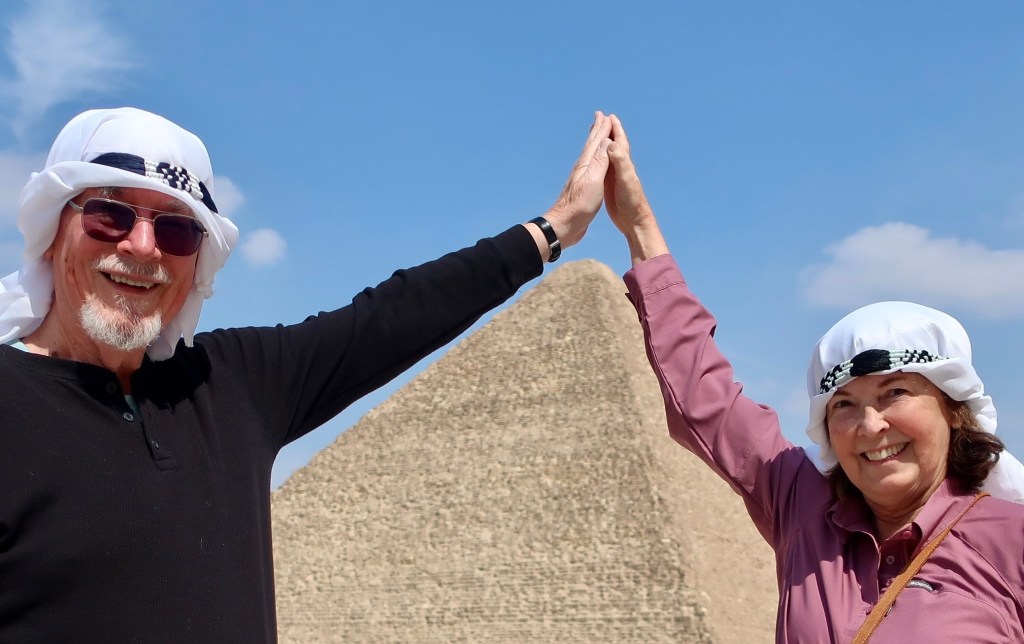
Now, we have just returned from a journey to the southern part of the African continent that included national parks in Botswana and Zimbabwe, Lake Kariba, Victoria Falls and Cape Town. It was equal to, if not more impressive than our Egypt adventure. Imagine a herd of several dozen wild elephants joining us for dinner by drinking out of a swimming pool located next to our dining table.

Our recent trip started with a call from Peggy’s brother, John Dallen. Eleven years ago we took a delightful repositioning cruise with him, his wife Frances and friends Lee and Kathy Saaga, exploring the Mediterranean before sailing across the Atlantic back home. Since then, John has called several times with offers to join Frances and him in exploring the world. There were some great trips. But, as John likes to note, our travel styles differ substantially. If he is going to be out for six months, each day is carefully planned and reservations made, normally at four and five star hotels. If Peggy and I travel for six months, we have a vague idea of where we are going and make reservations a day in advance, if then. We once travelled for a year without making one. Our normal mode of travel is with a van or small travel trailer— or, putting our backpacks on and disappearing into the wilderness.

This time, John made us an offer we couldn’t refuse. “Would you like to go on an African safari with us?” It took us five seconds to say yes. There would be hippos and lions and elephants to see, not to mention leopards, wart hogs, baboons and numerous other animals and birds. I will be featuring the places we visited and the wildlife we saw in our next several posts.
Today’s photos will give you a taste of what to expect. Peggy was traveling with her usual camera, a Canon EOS Rebel with a 20 to 300 mm Tamron lens. For Africa, I upgraded from my pocket Canon Power Shot to a different version, a Canon Power Shot SX 70 HS. Due to the miracle of modern technology it comes with a 21 to 1365 35mm equivalent lens and weighs just over a pound. It made it possible for us to capture photos like the hippo above.





